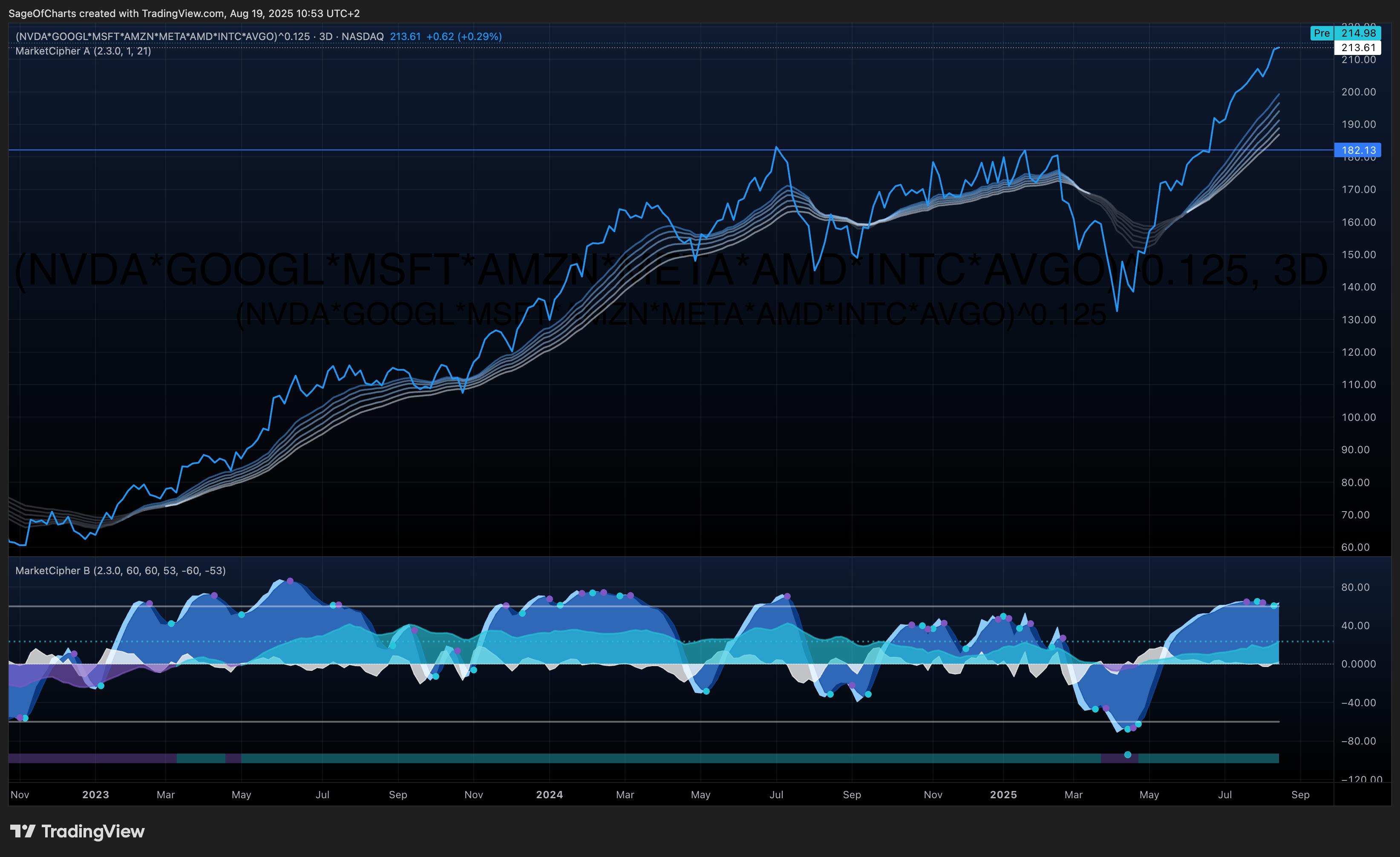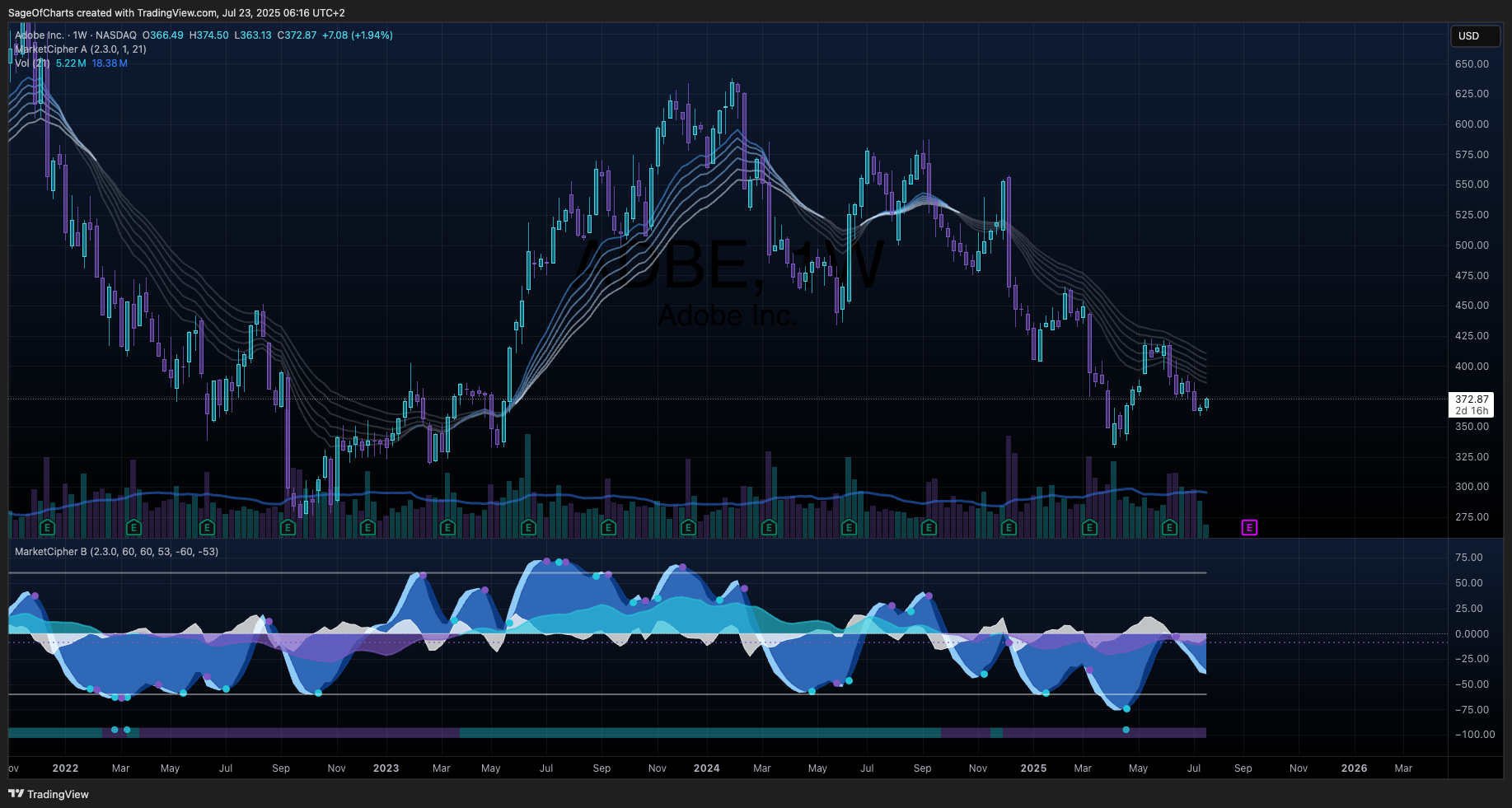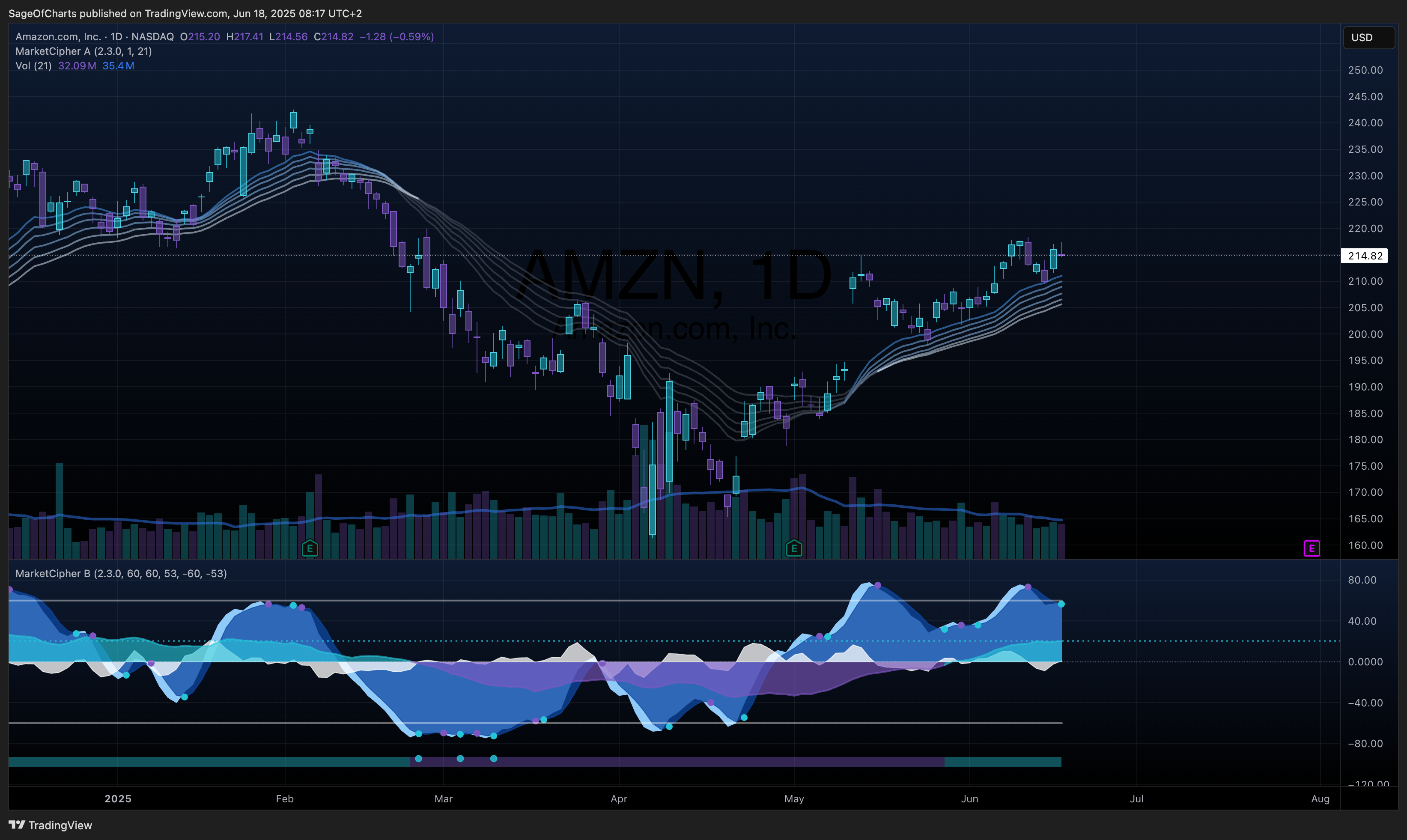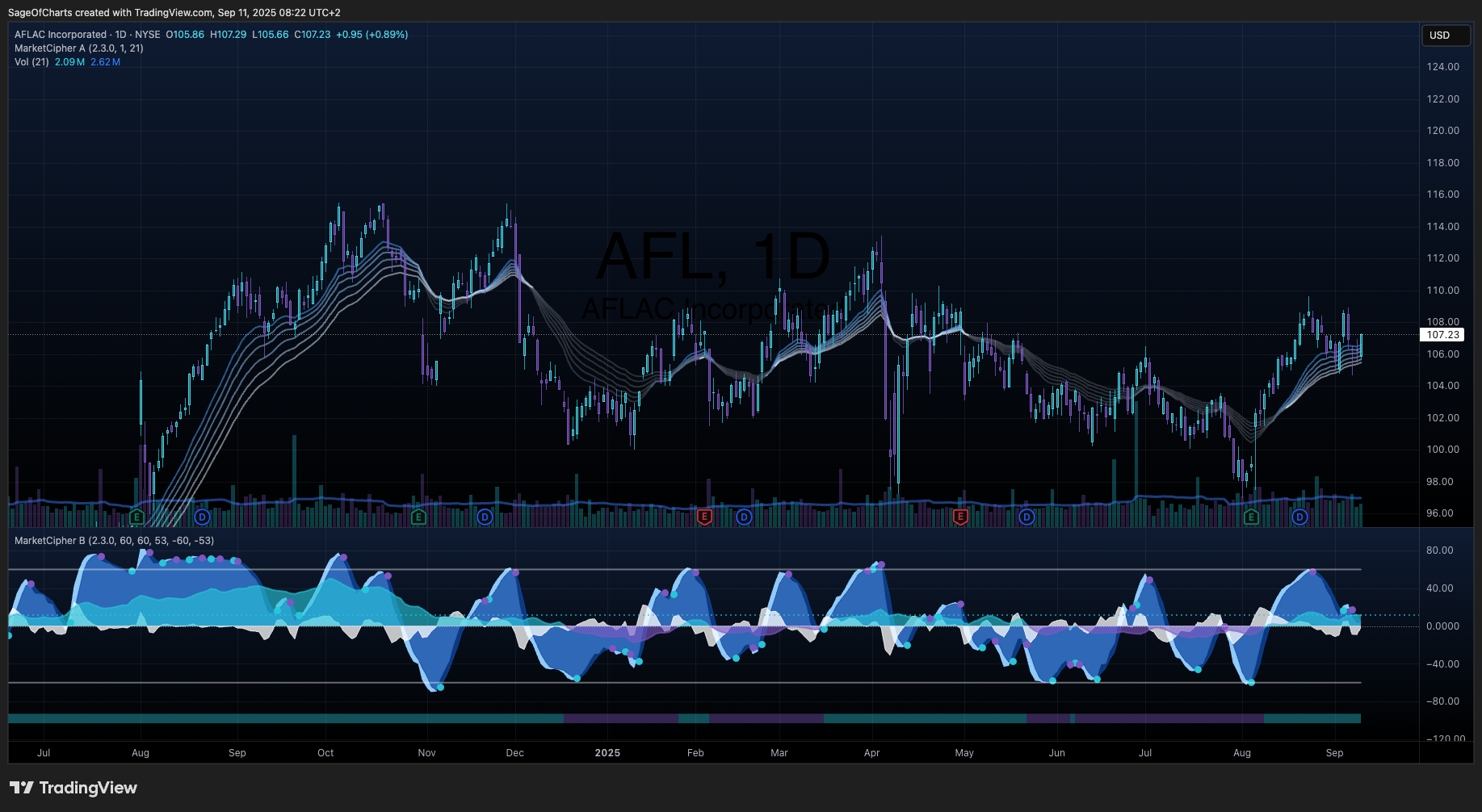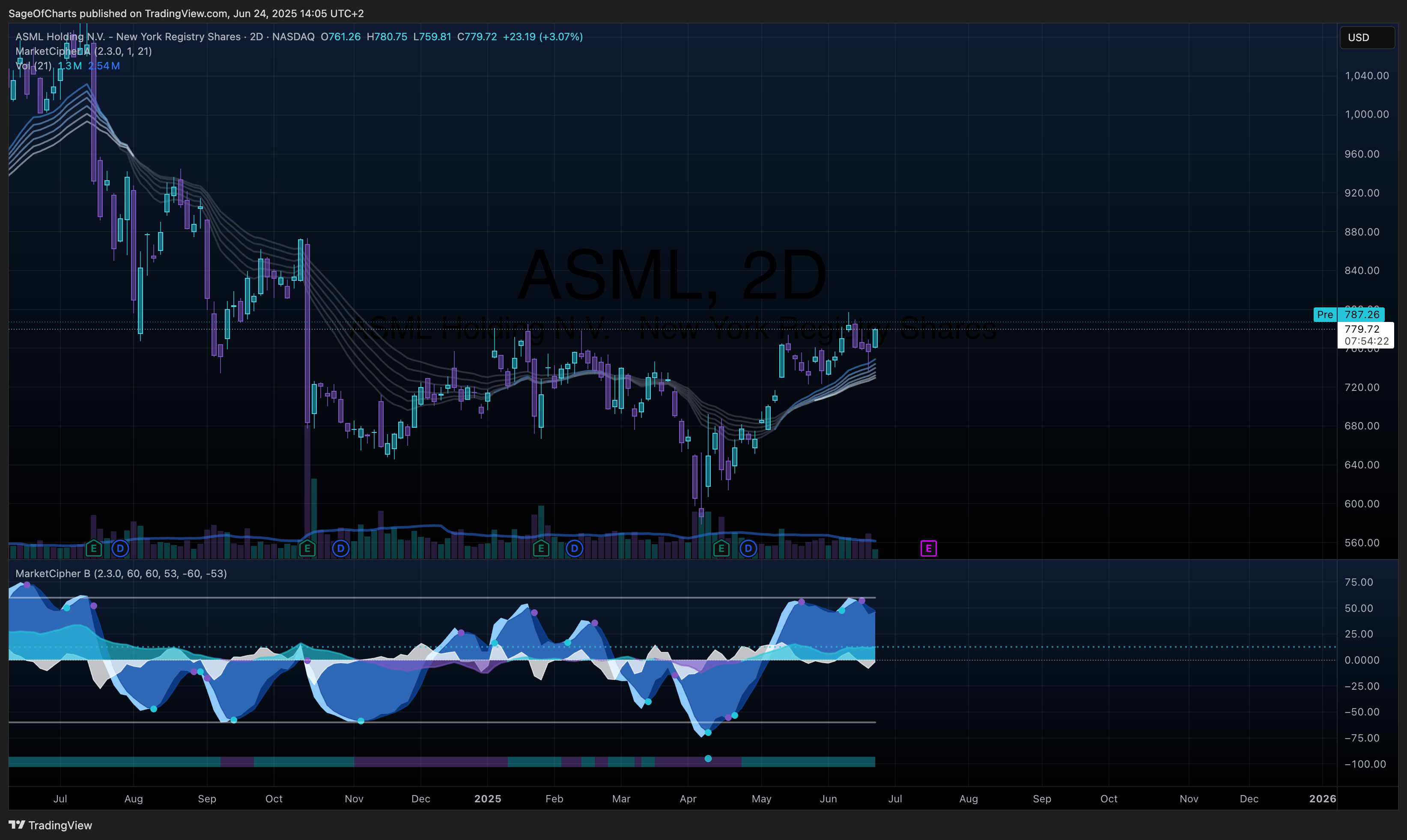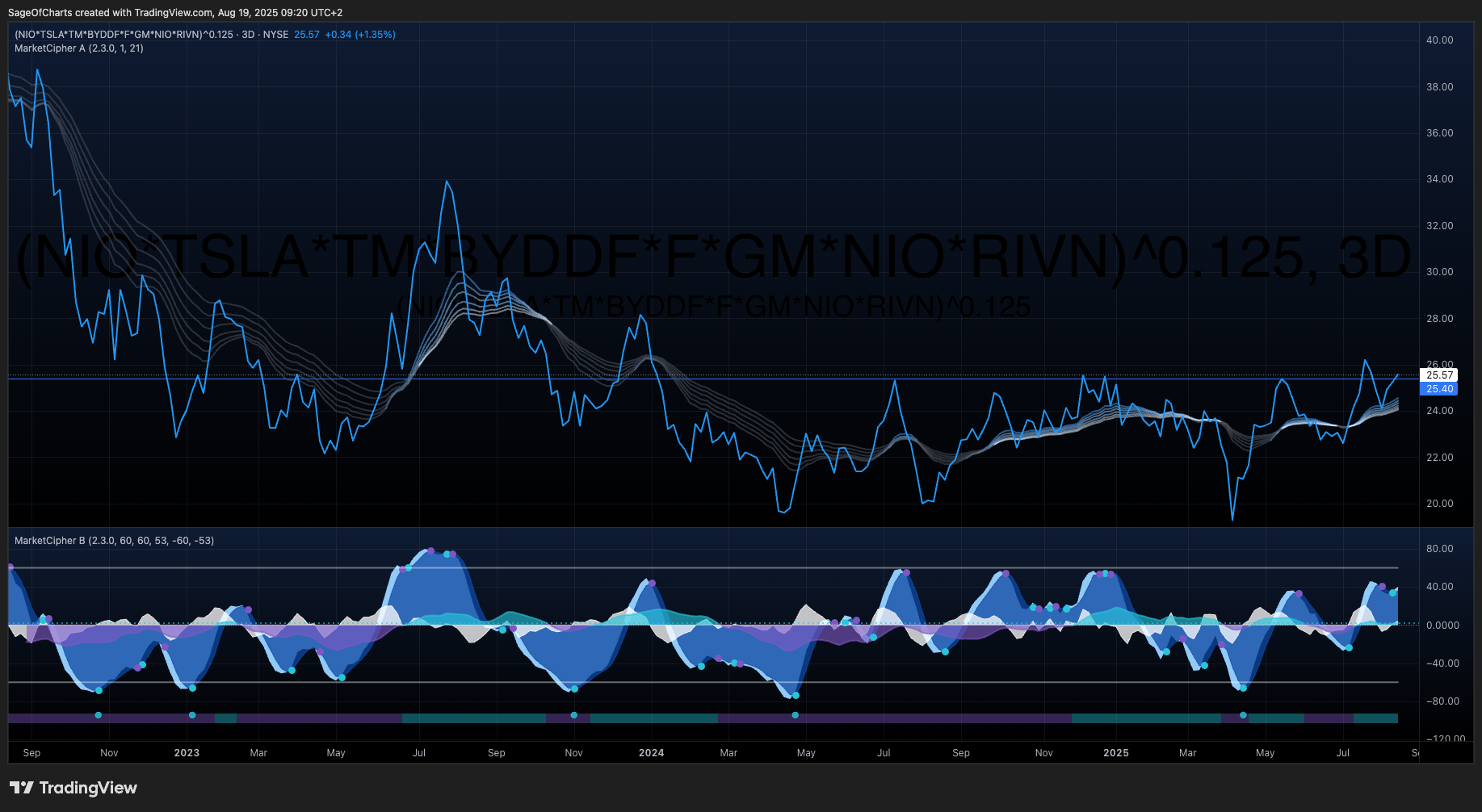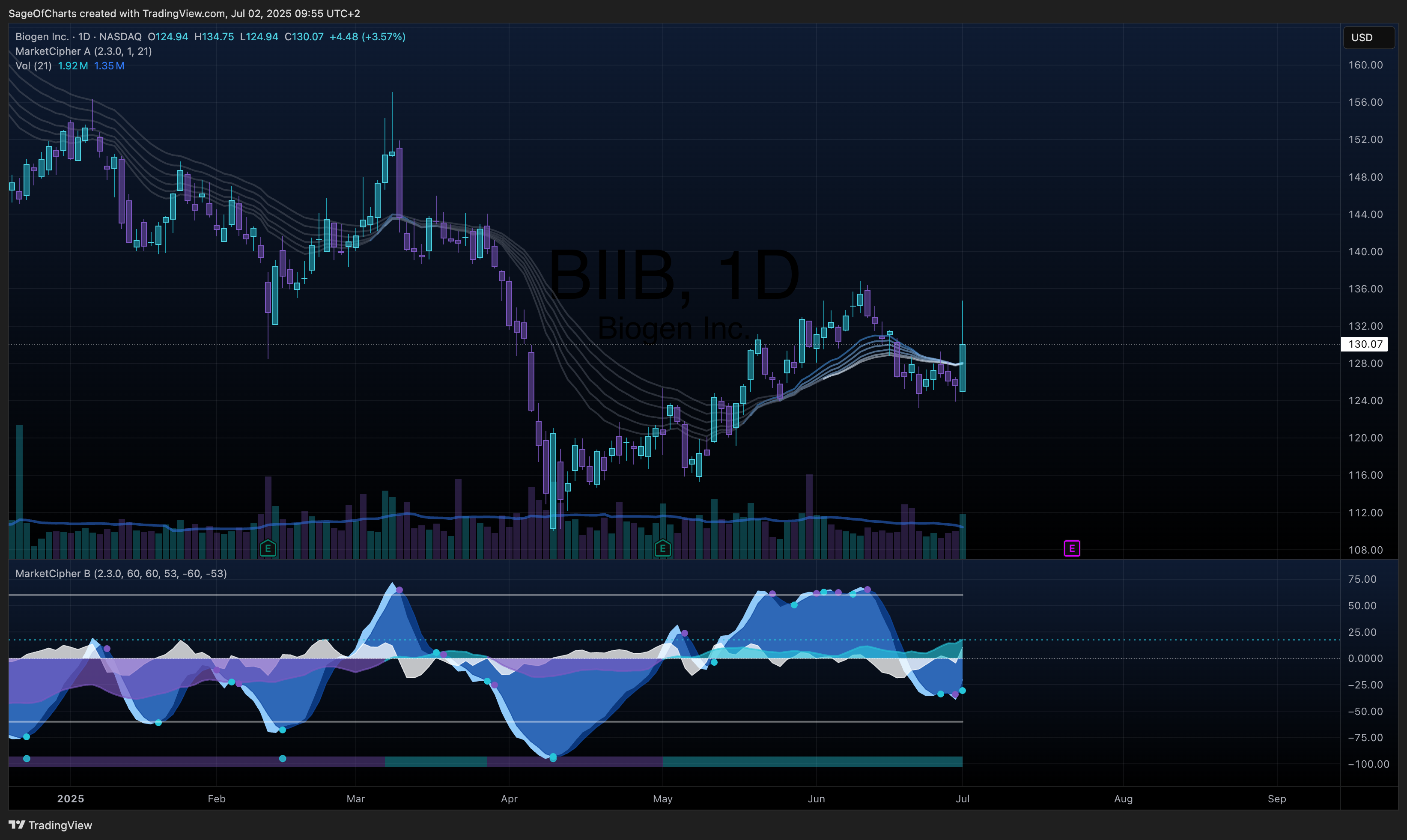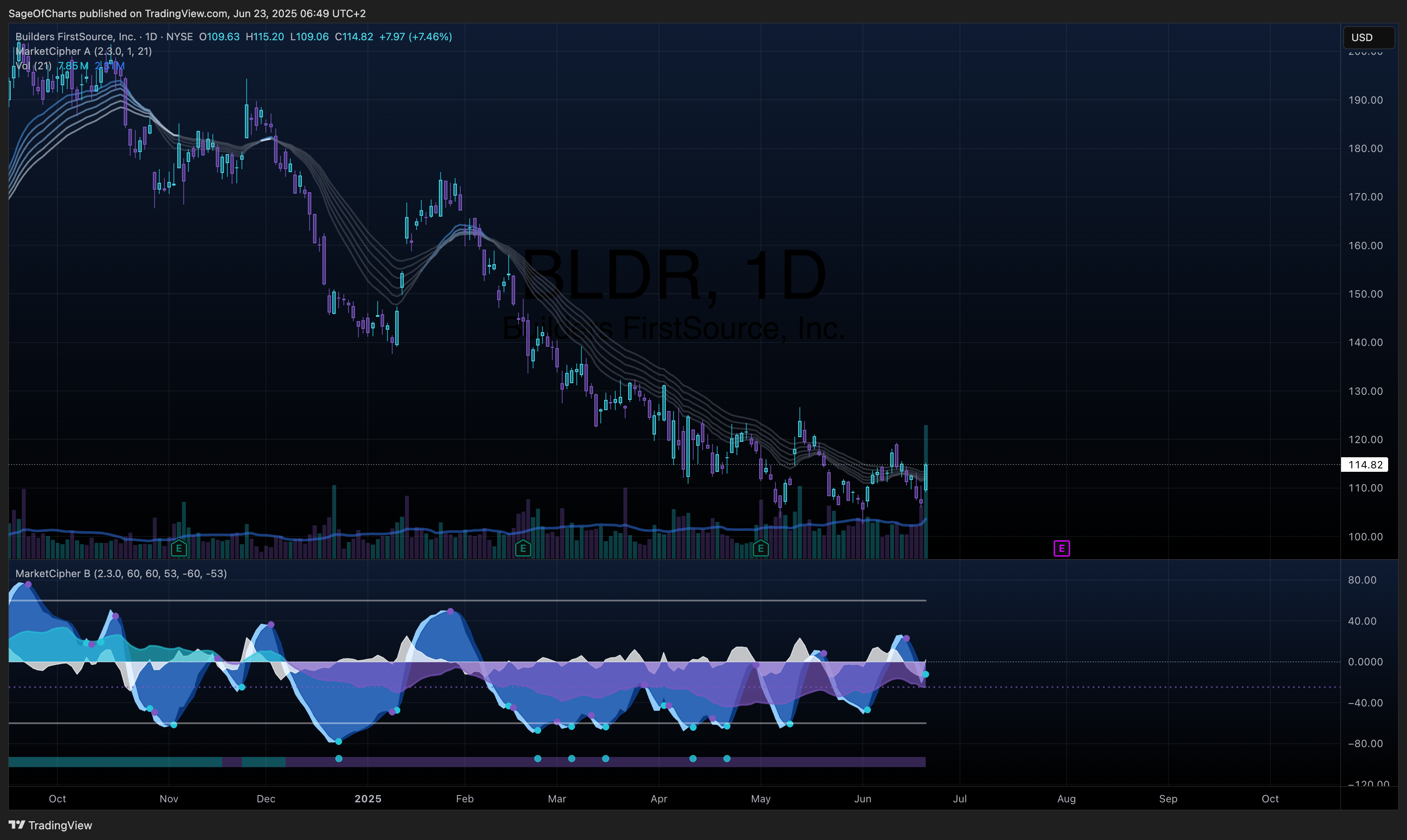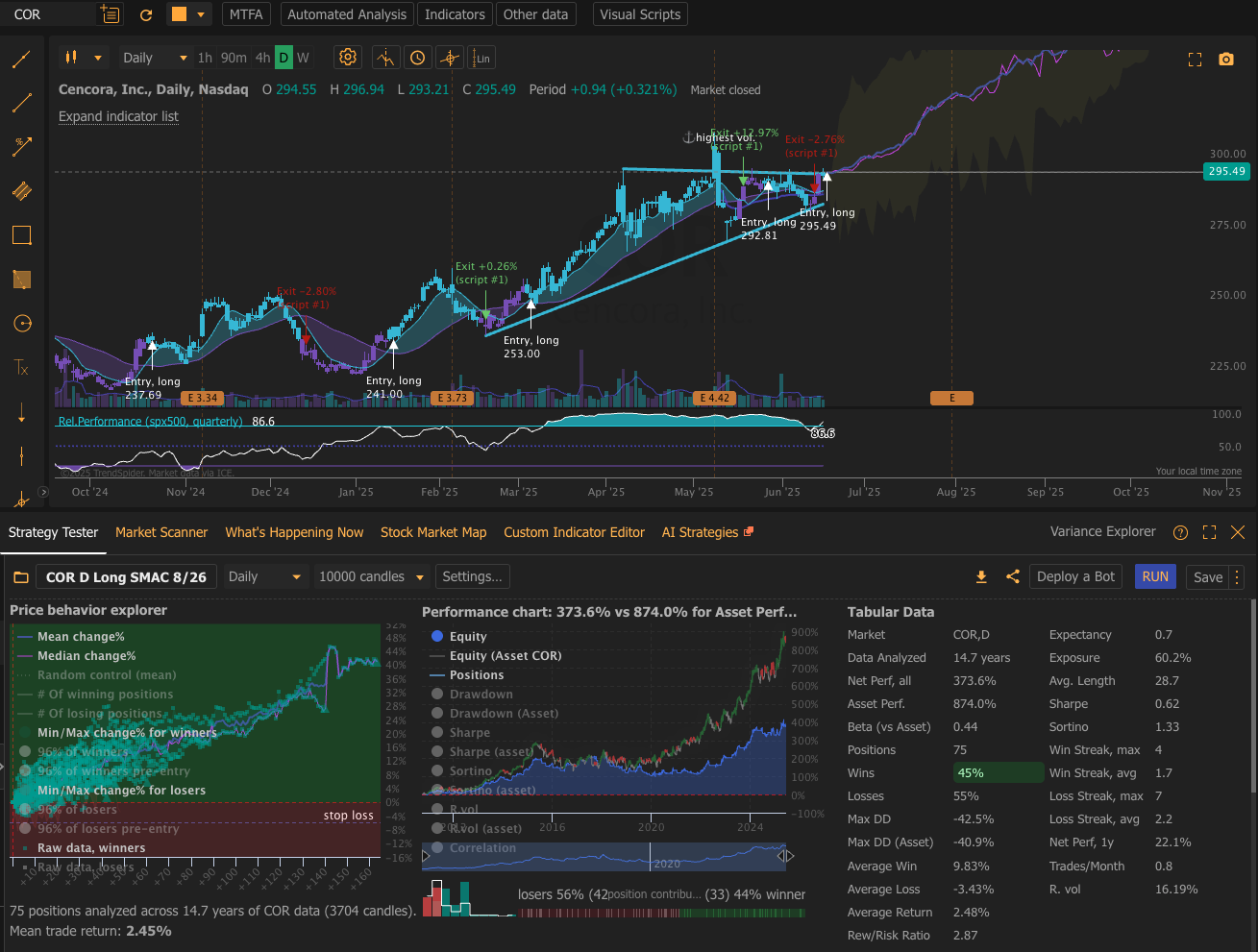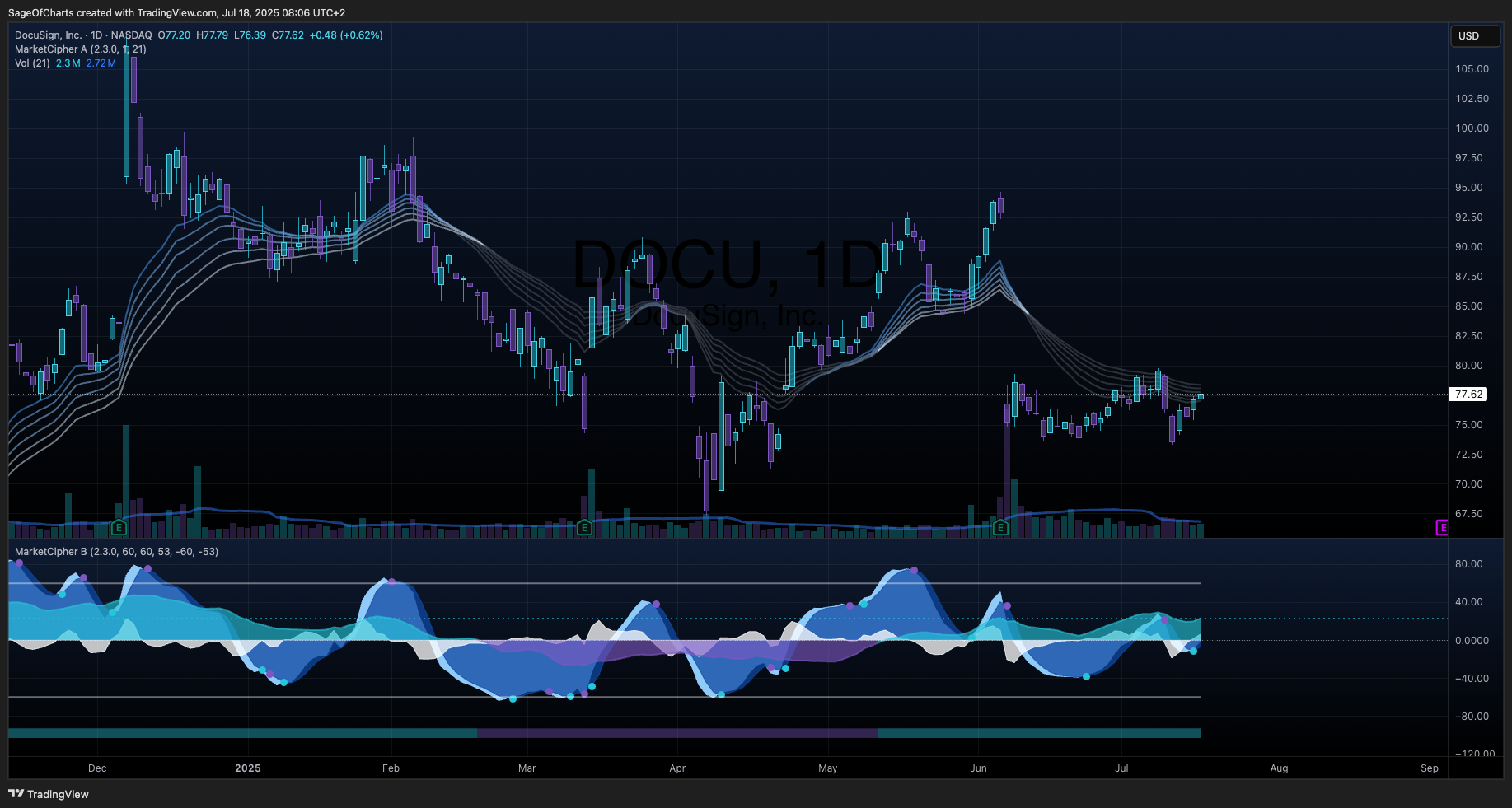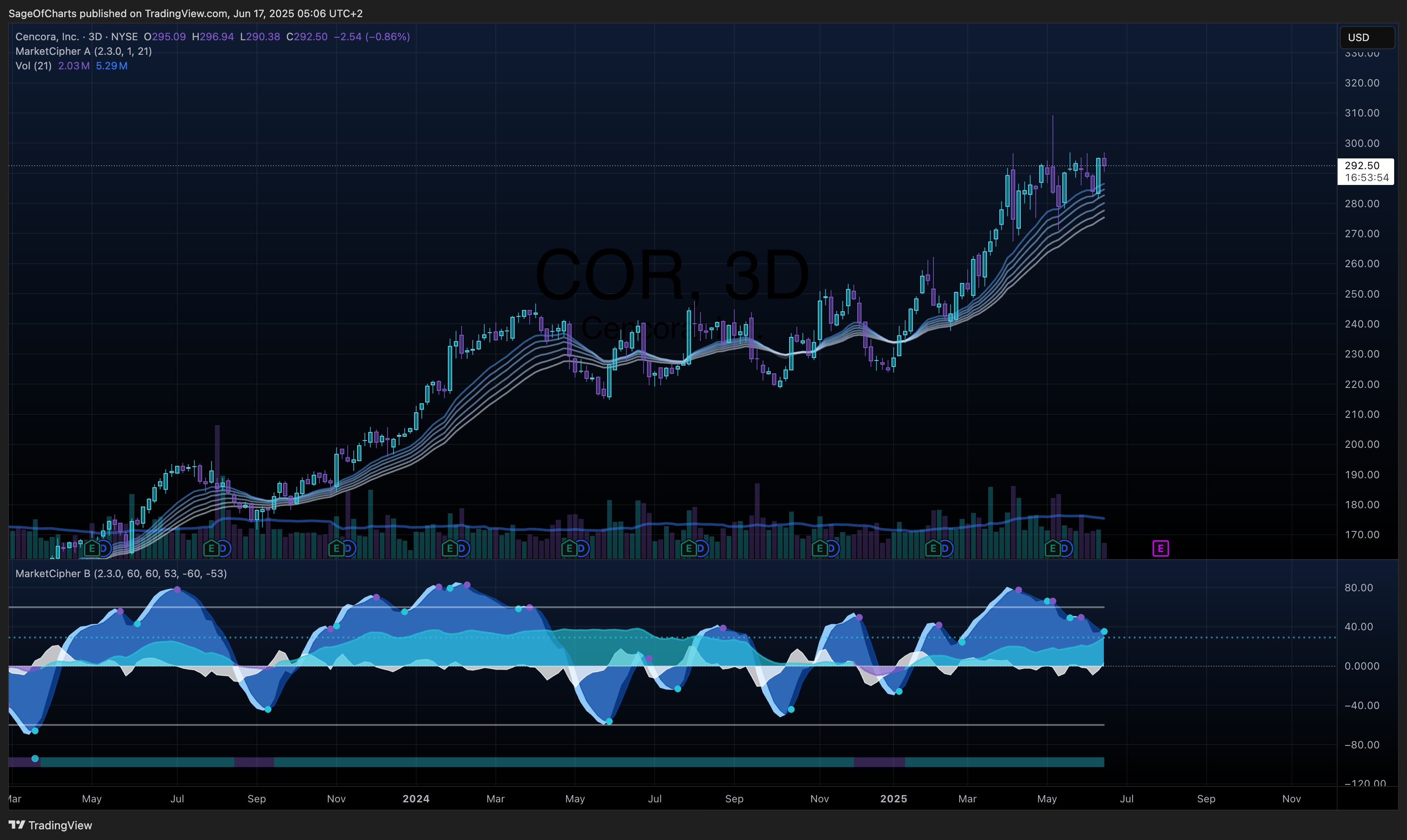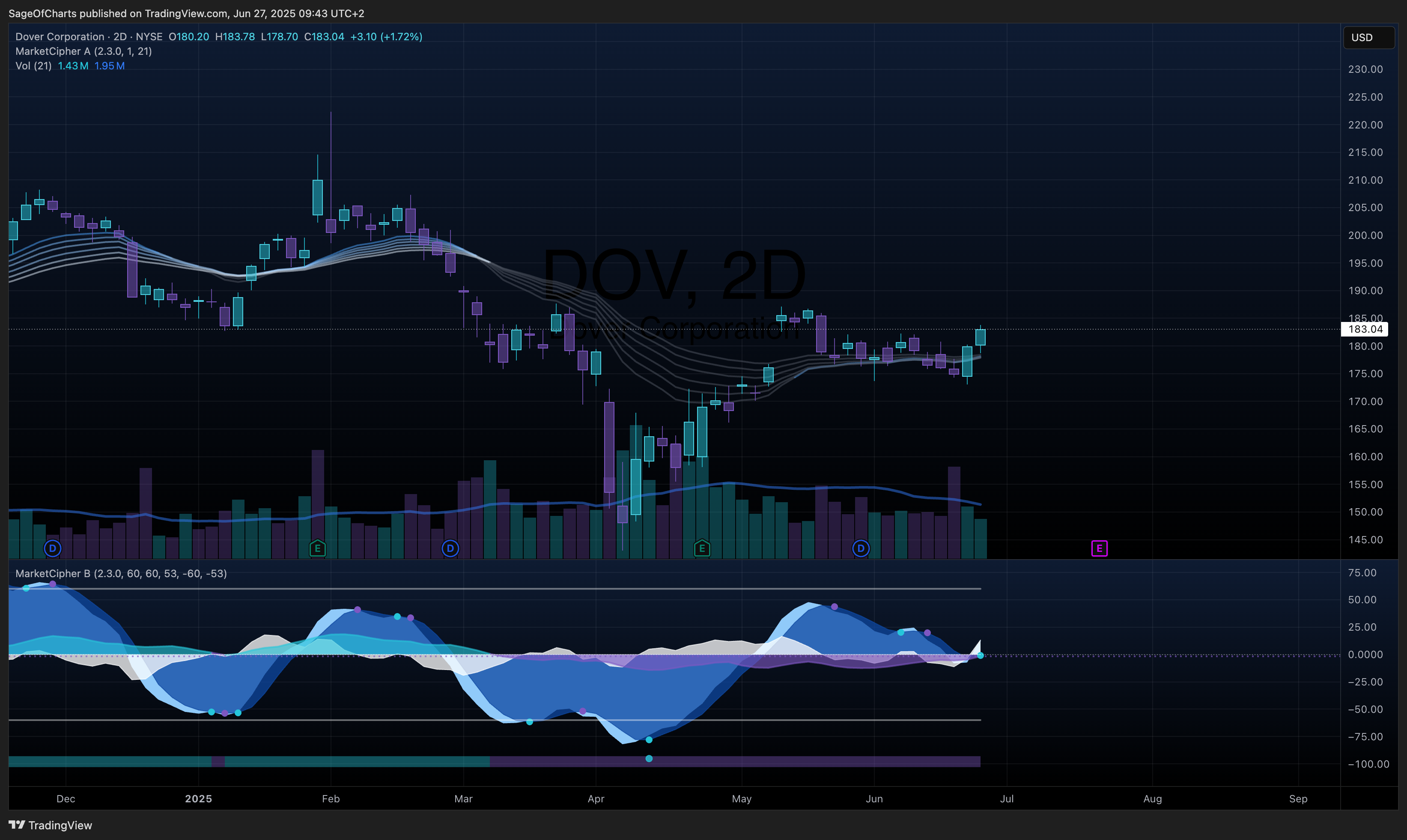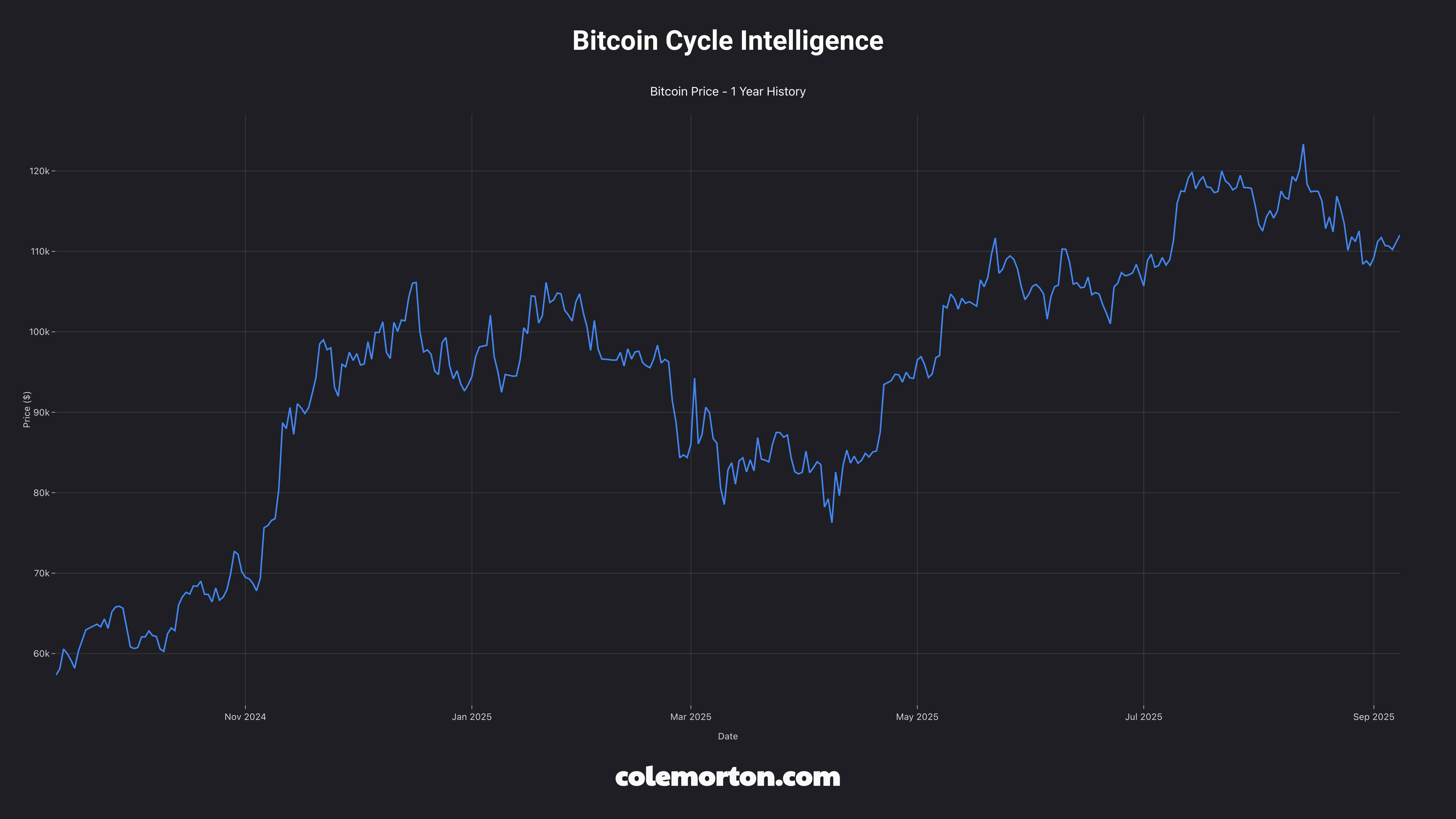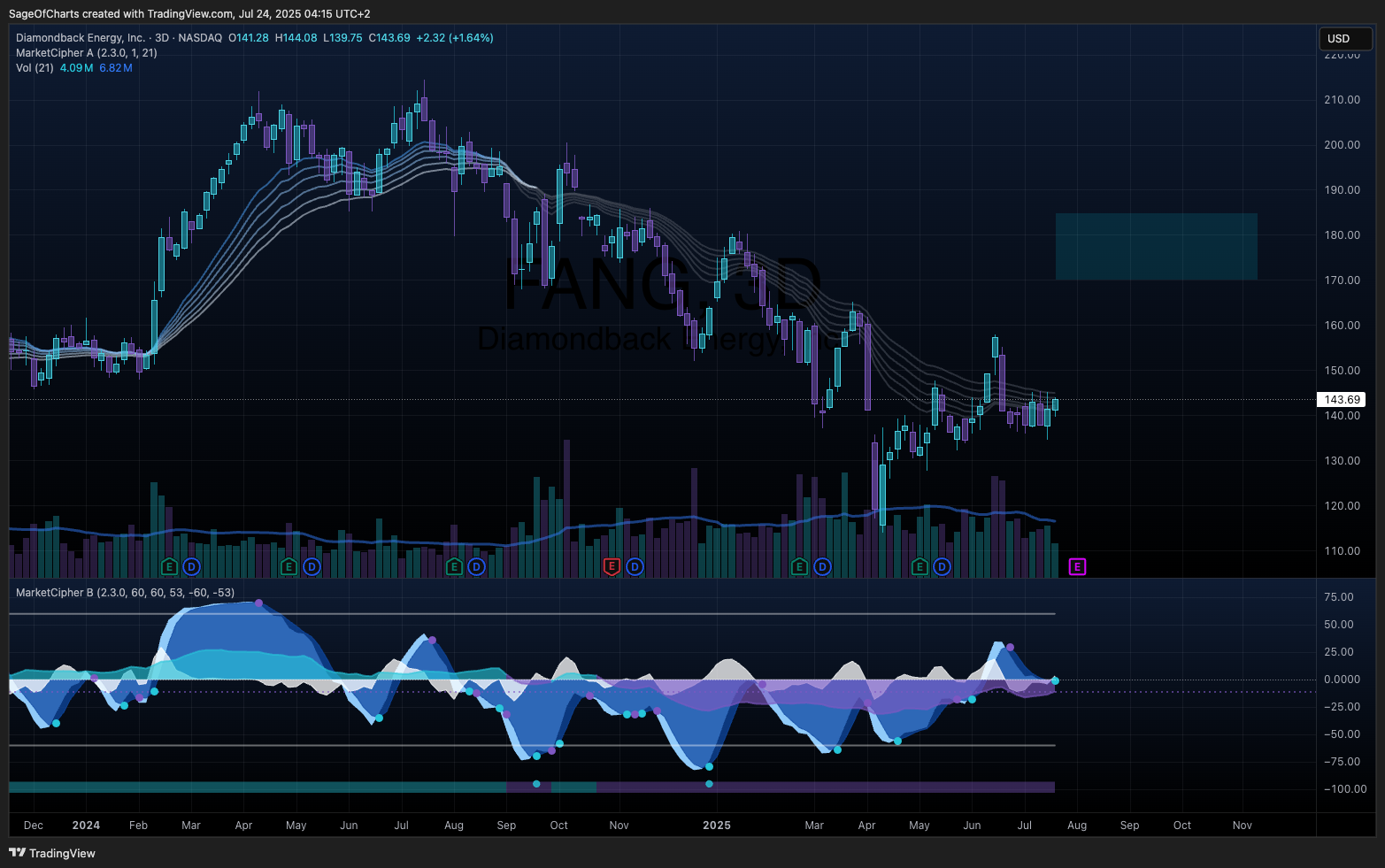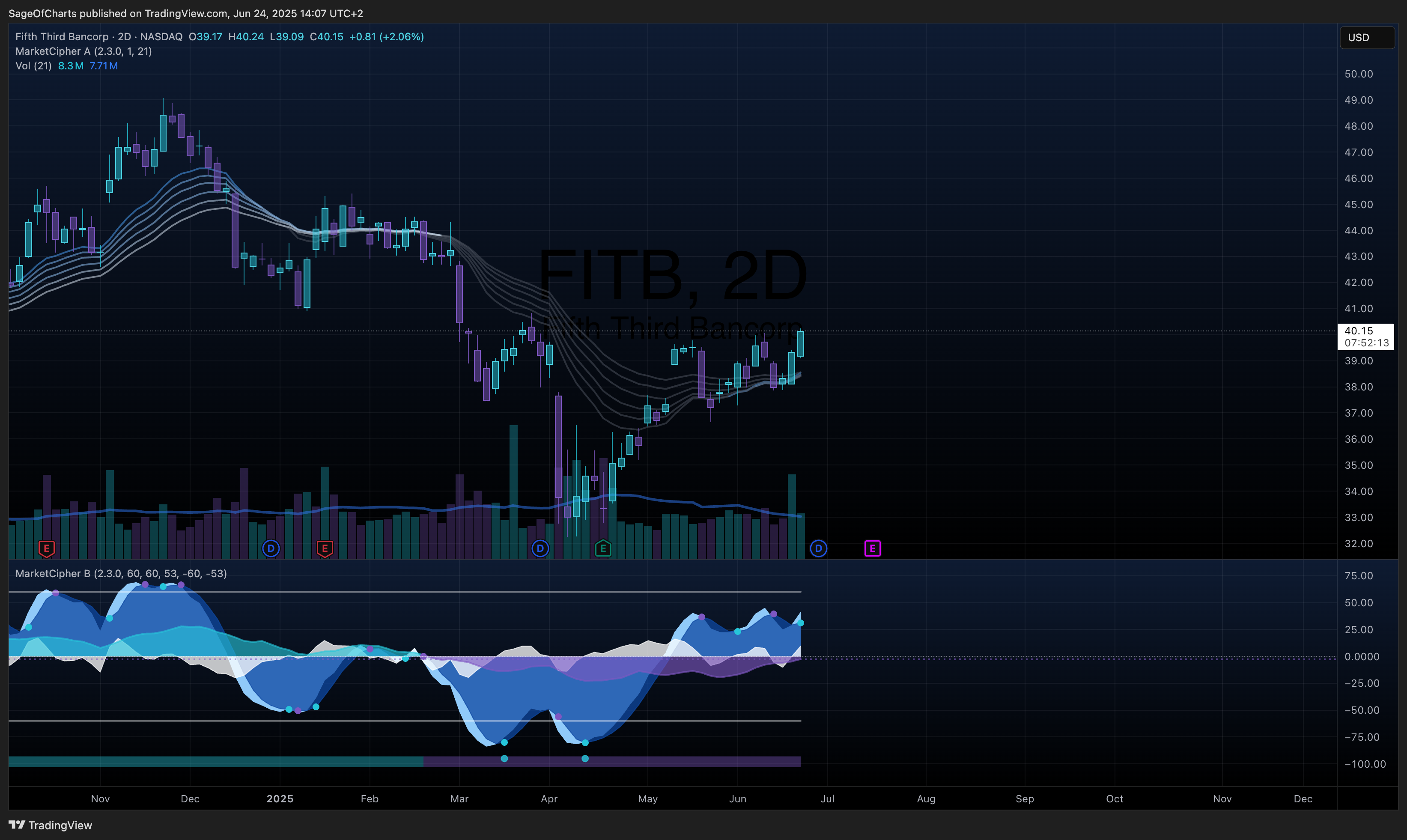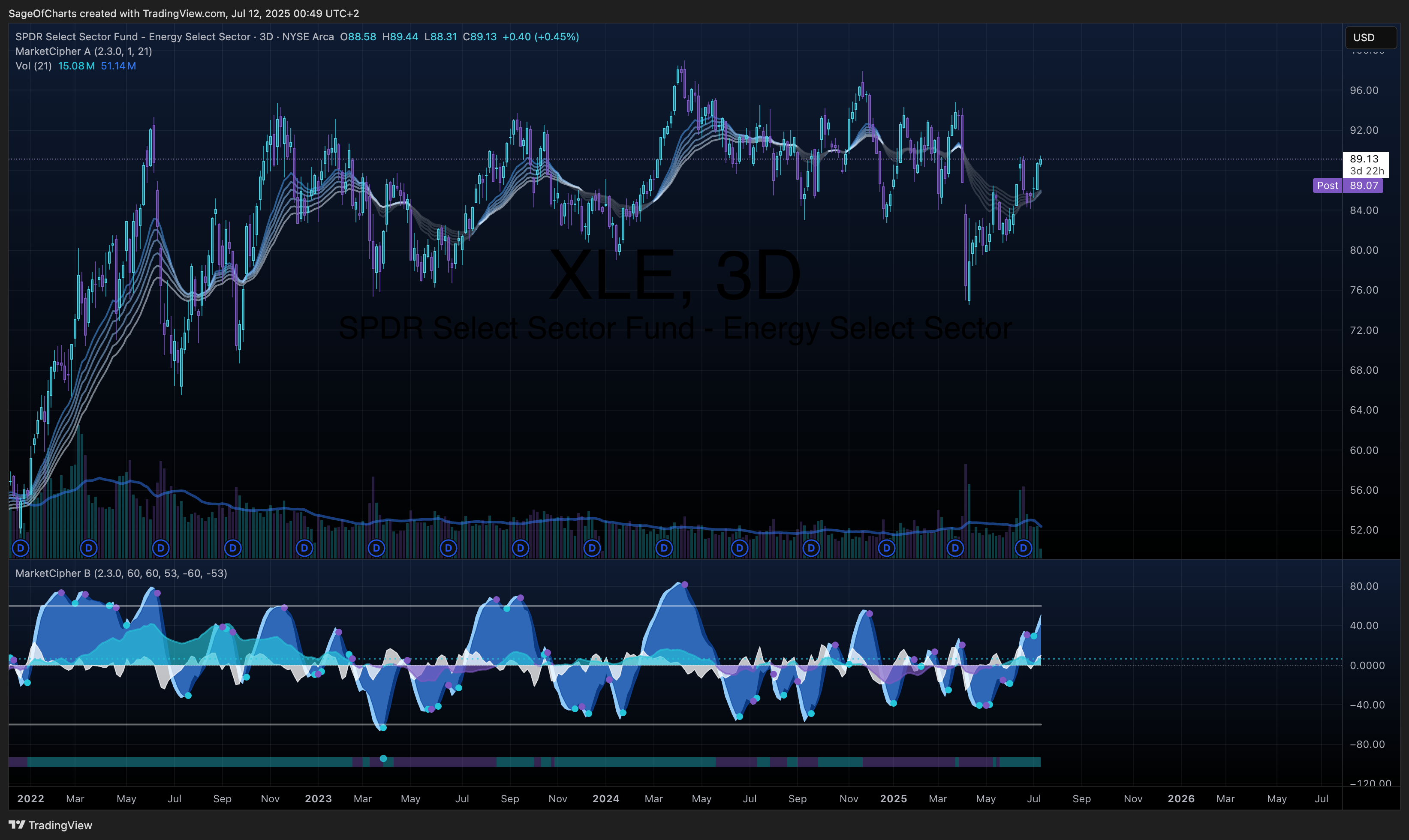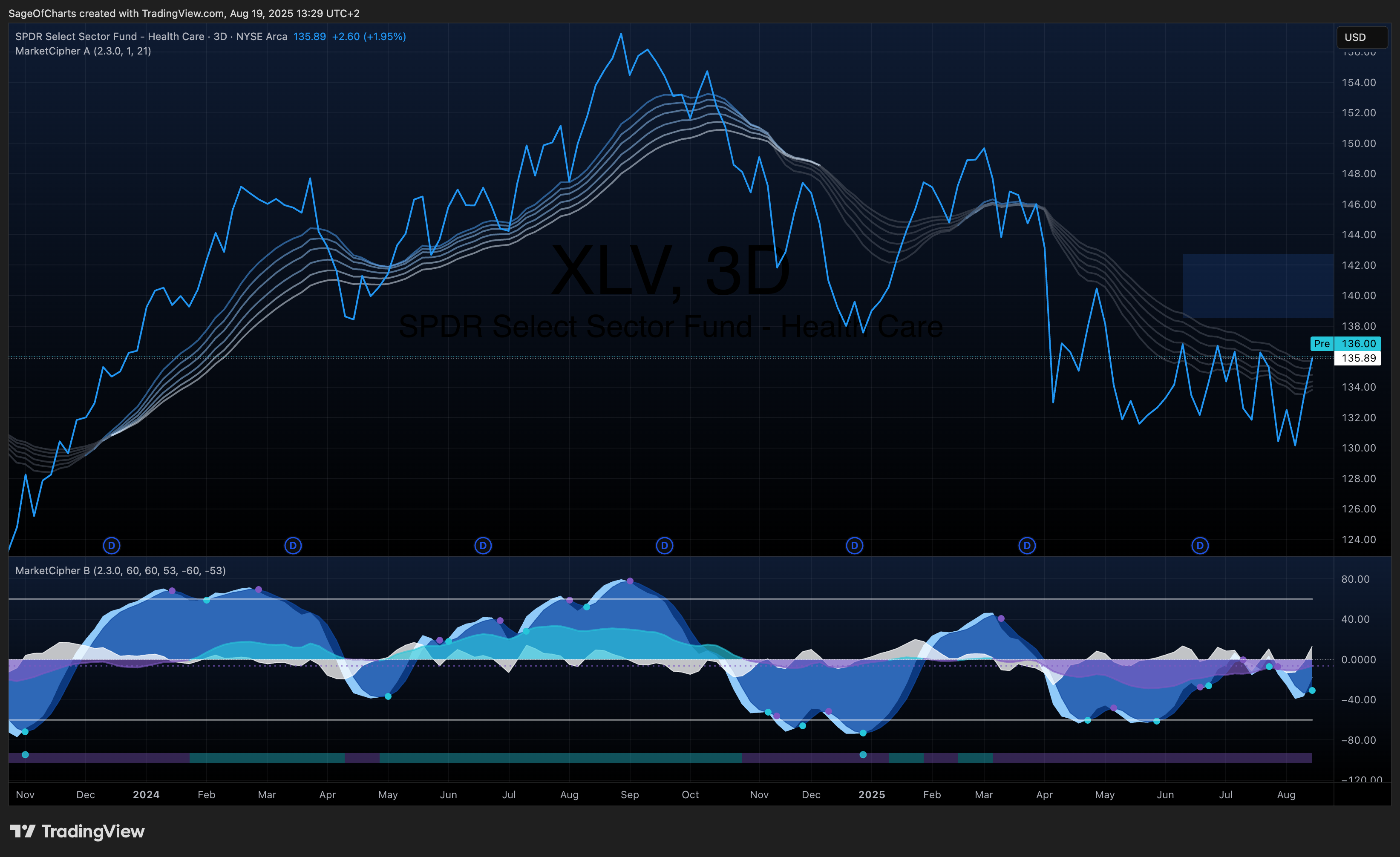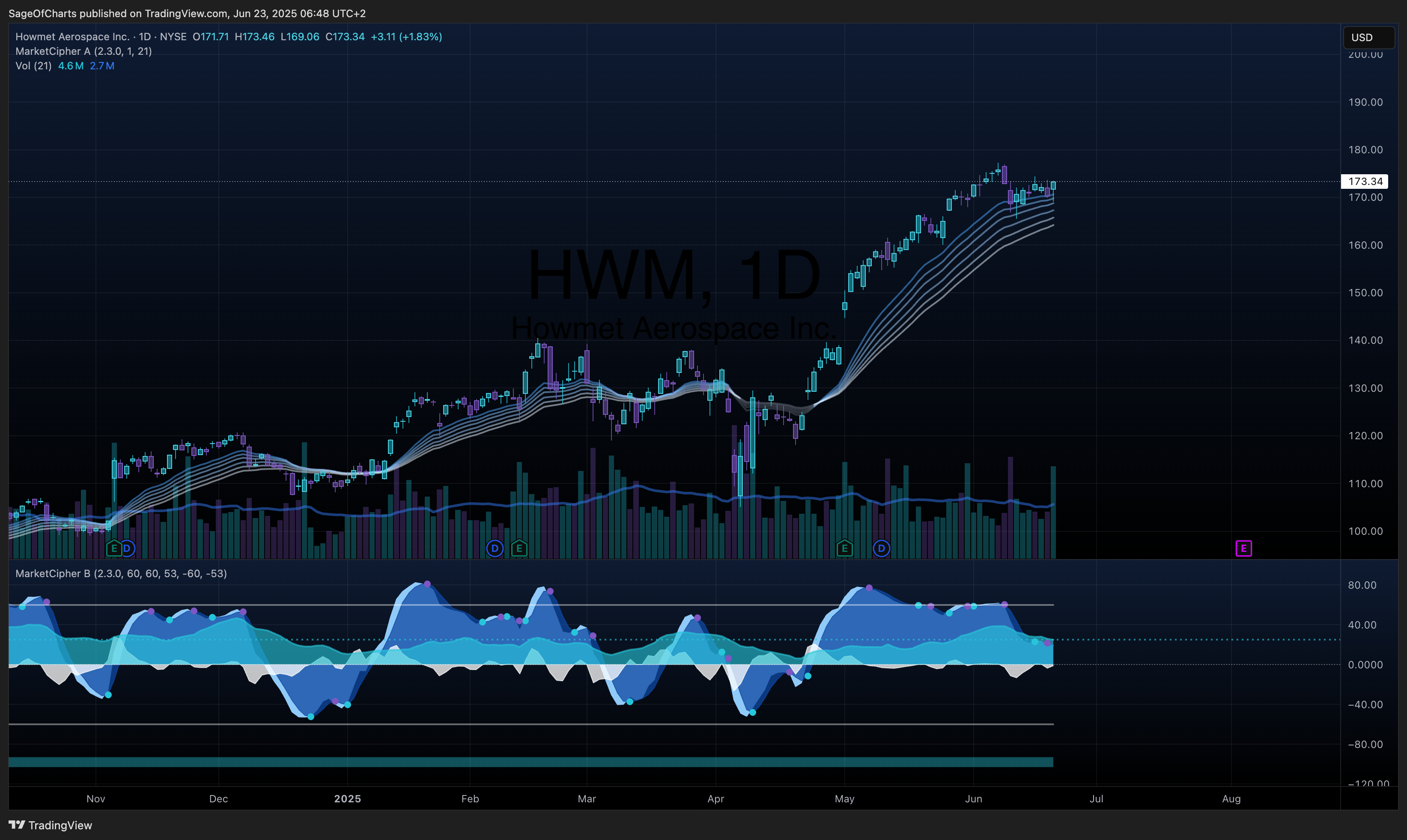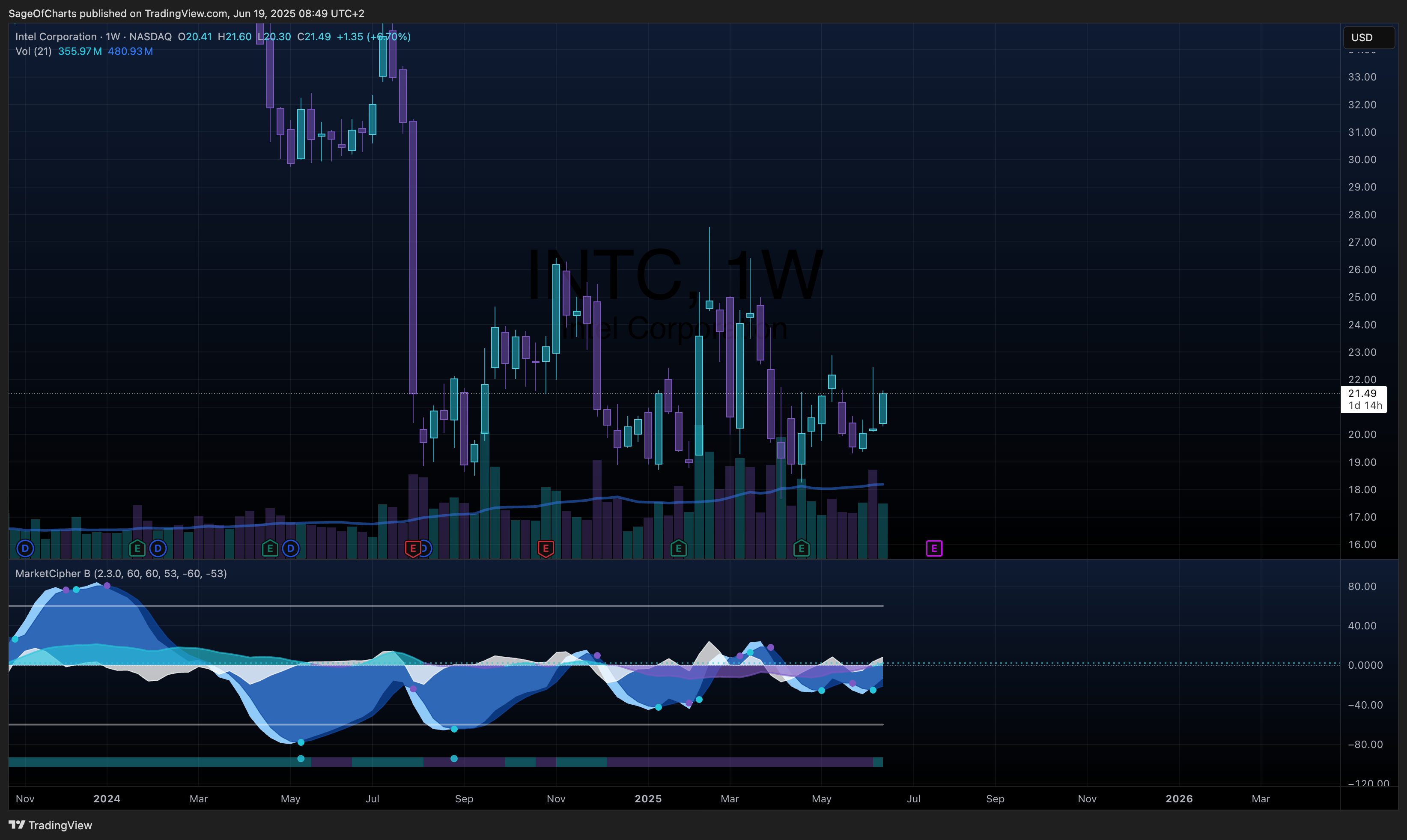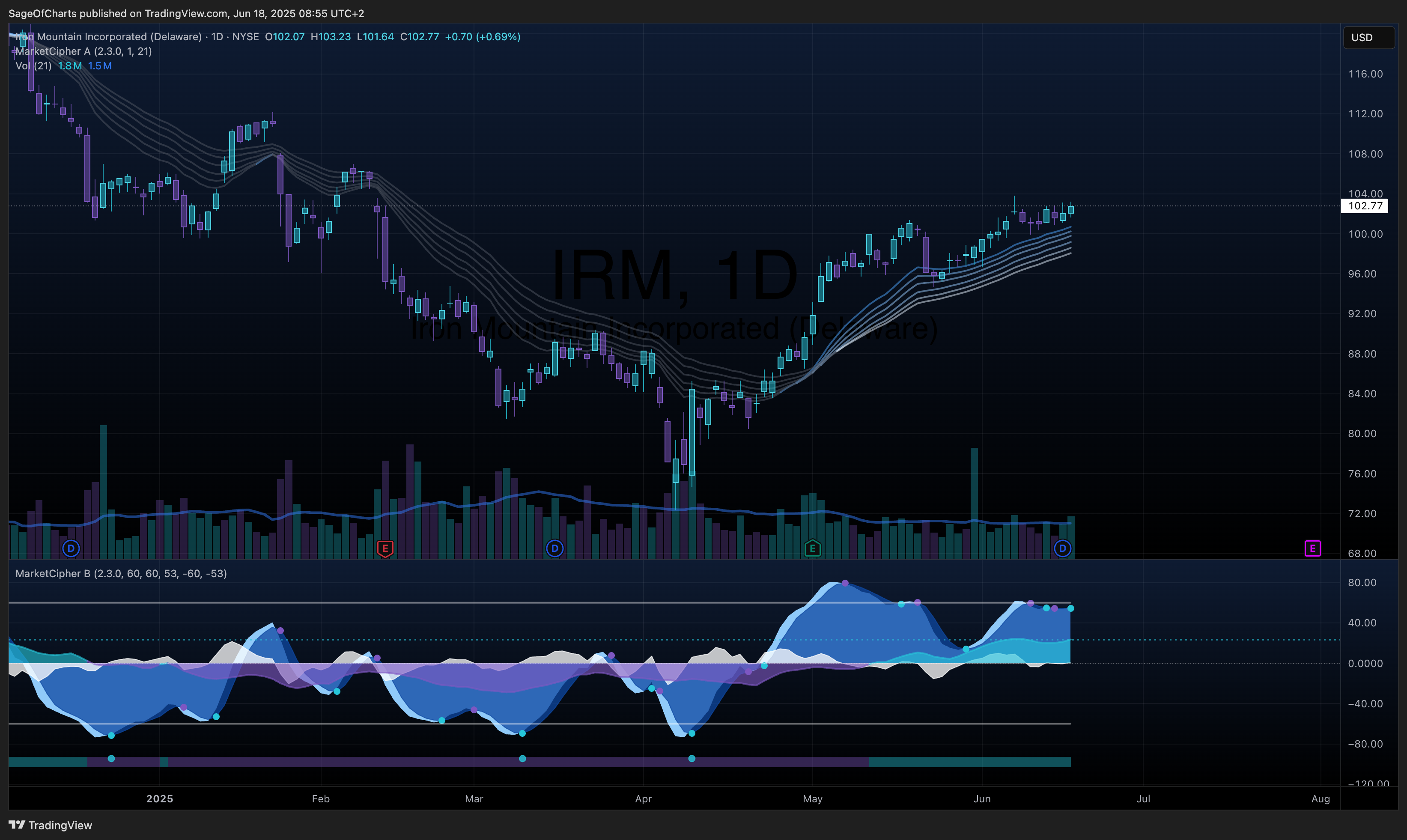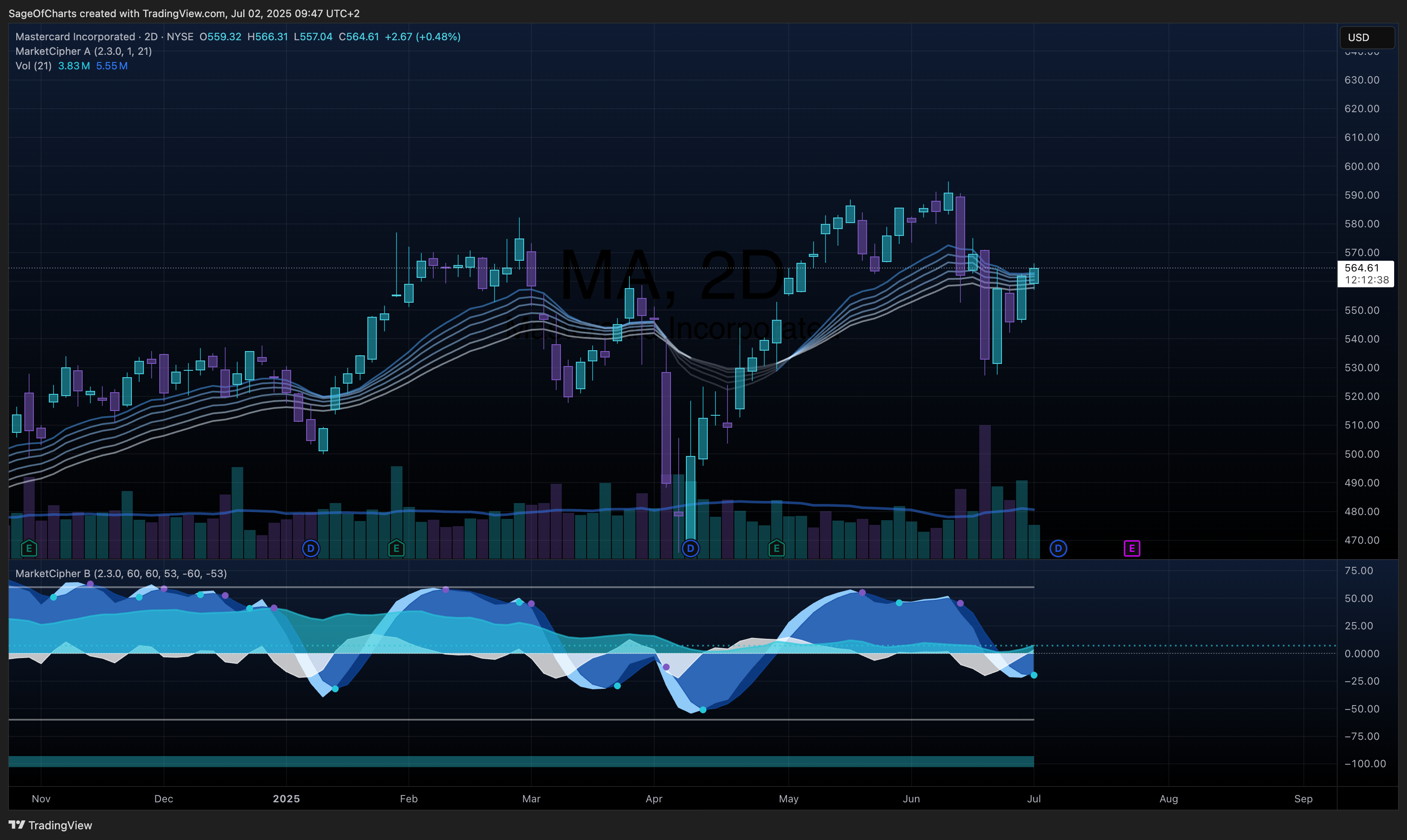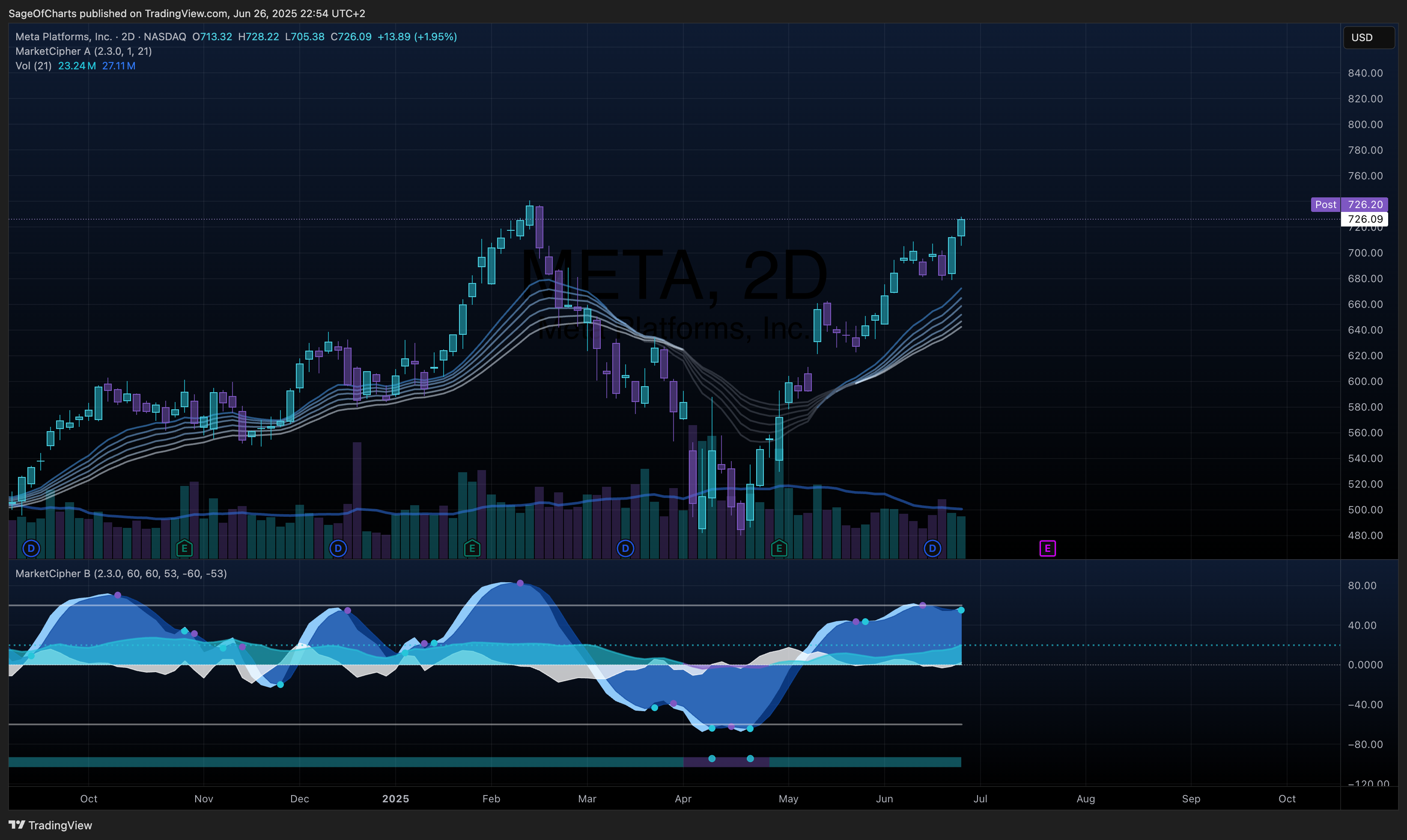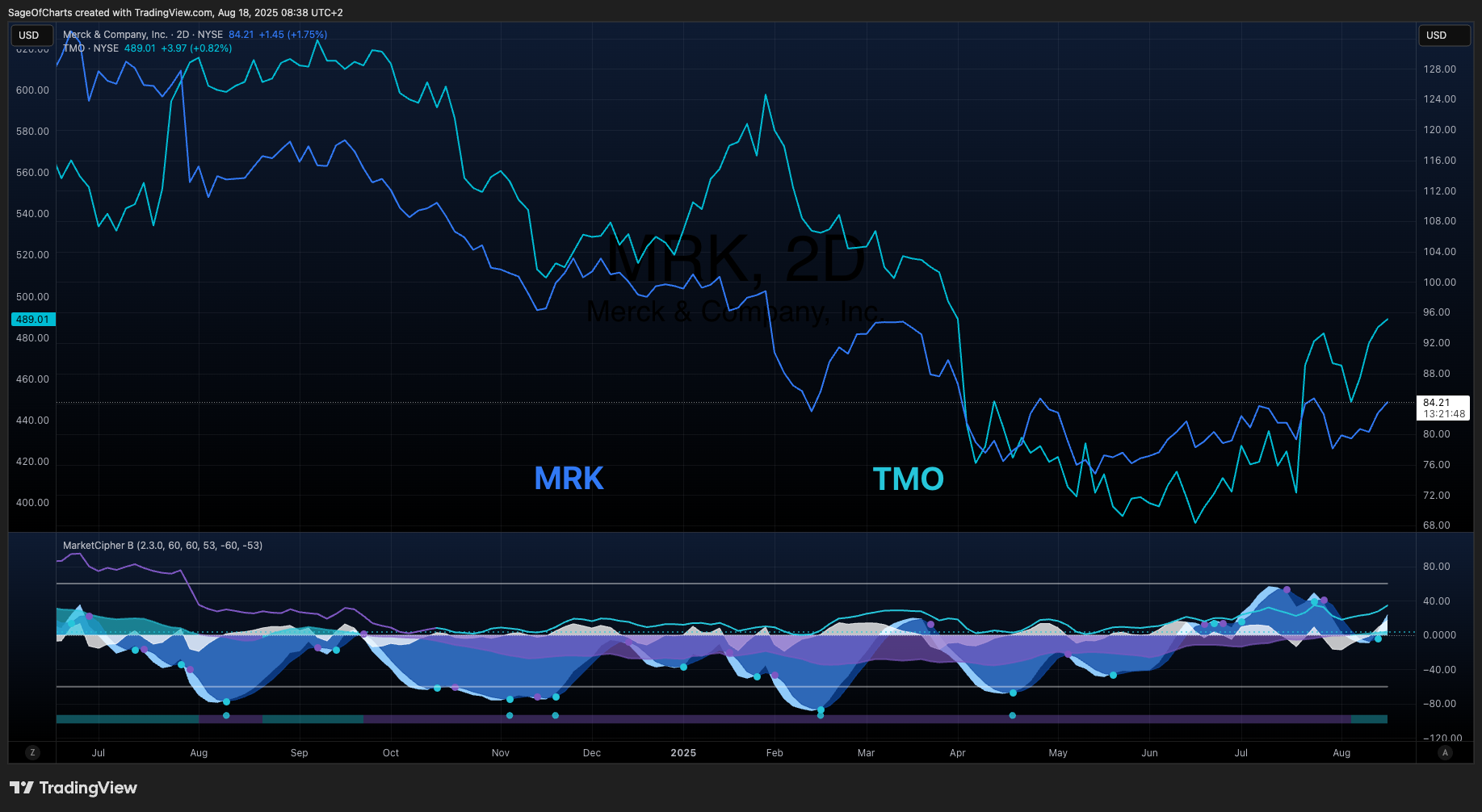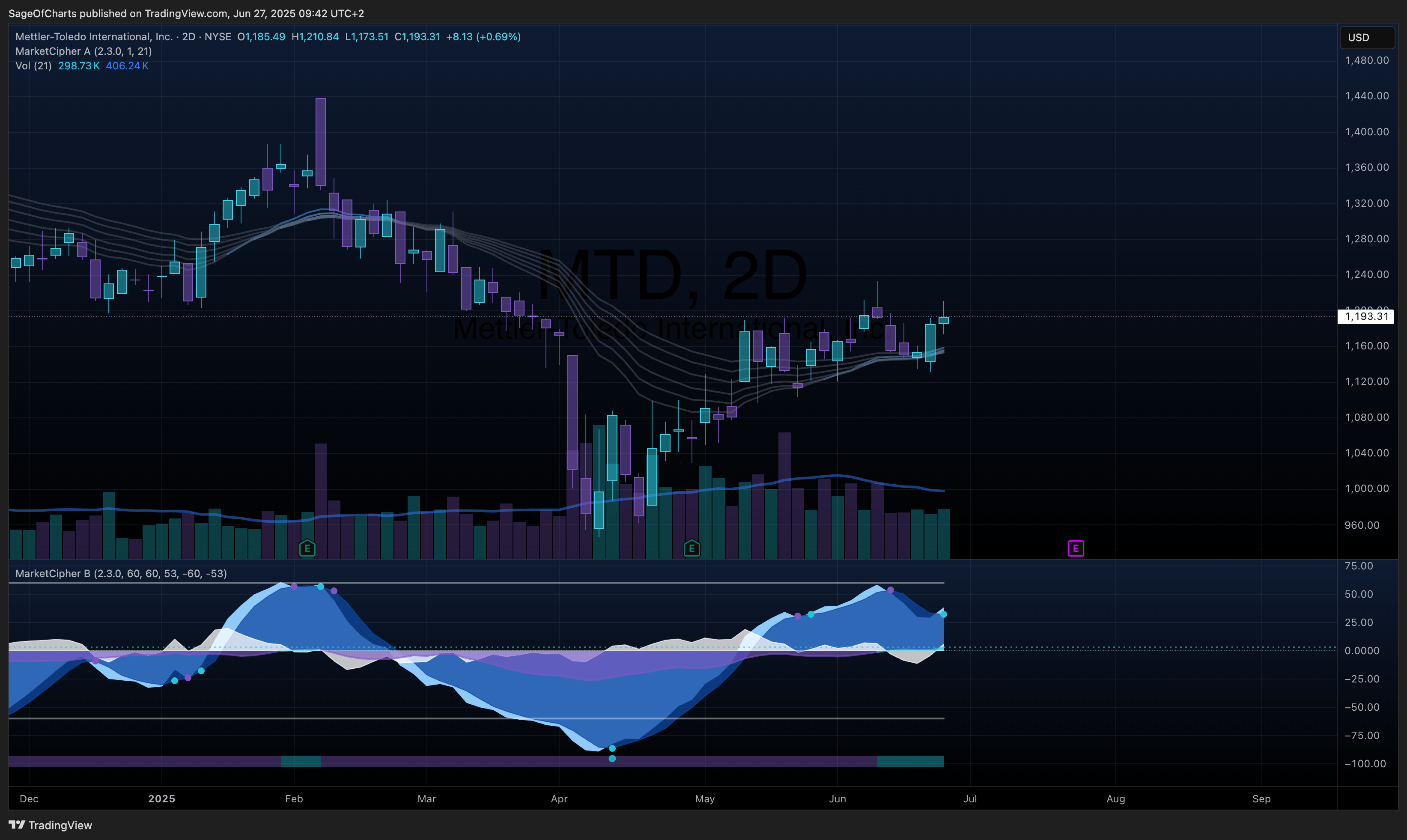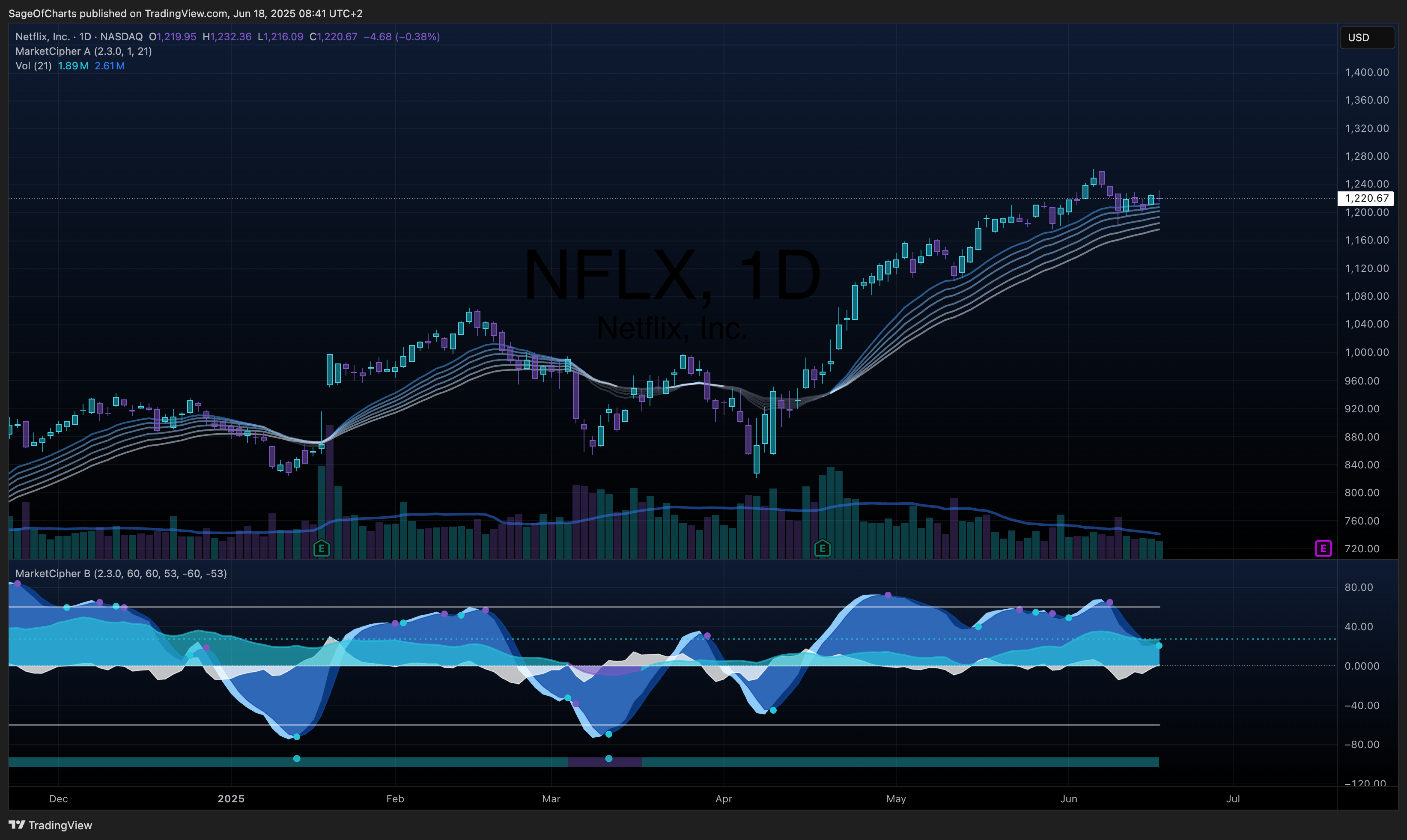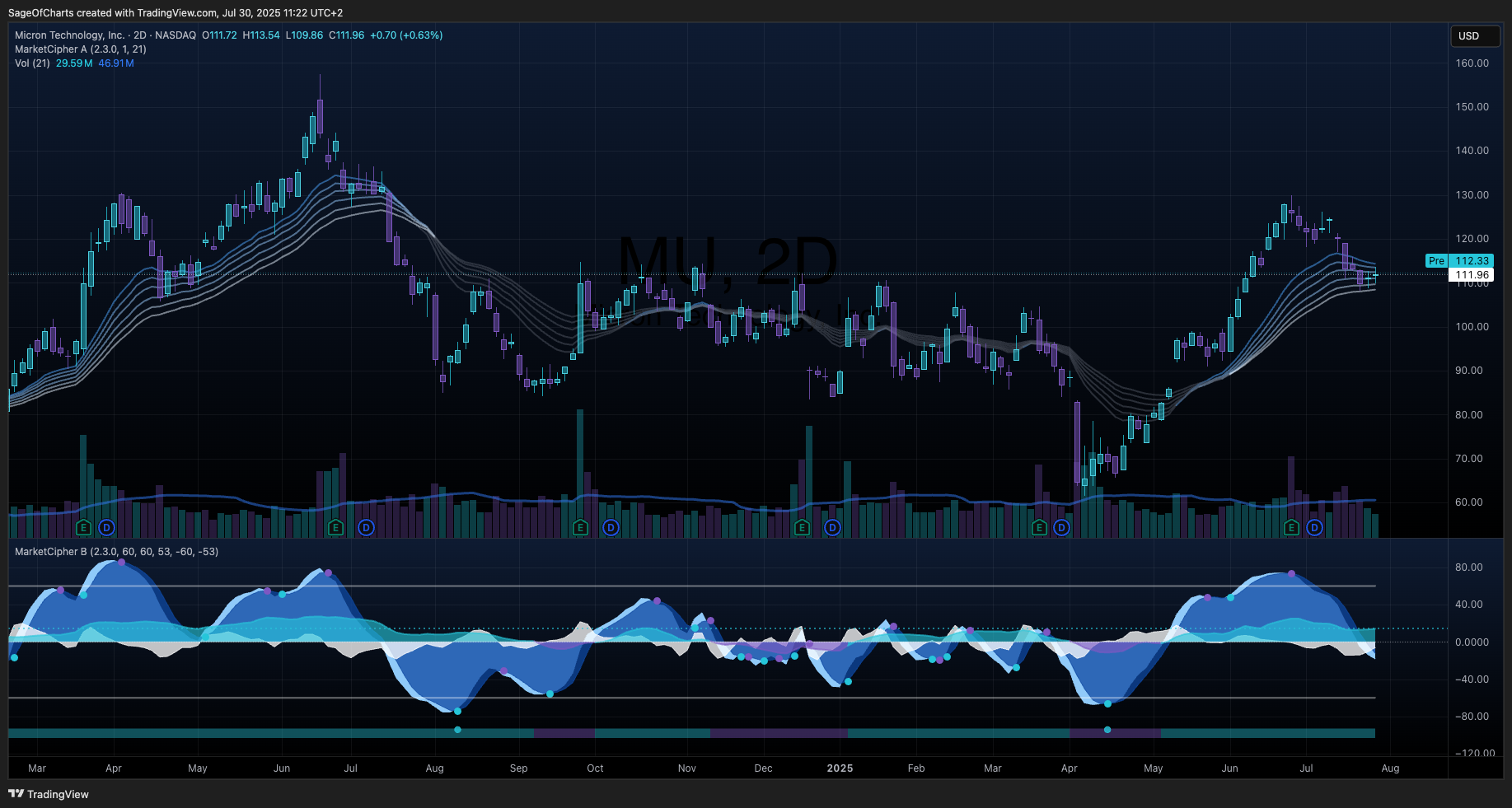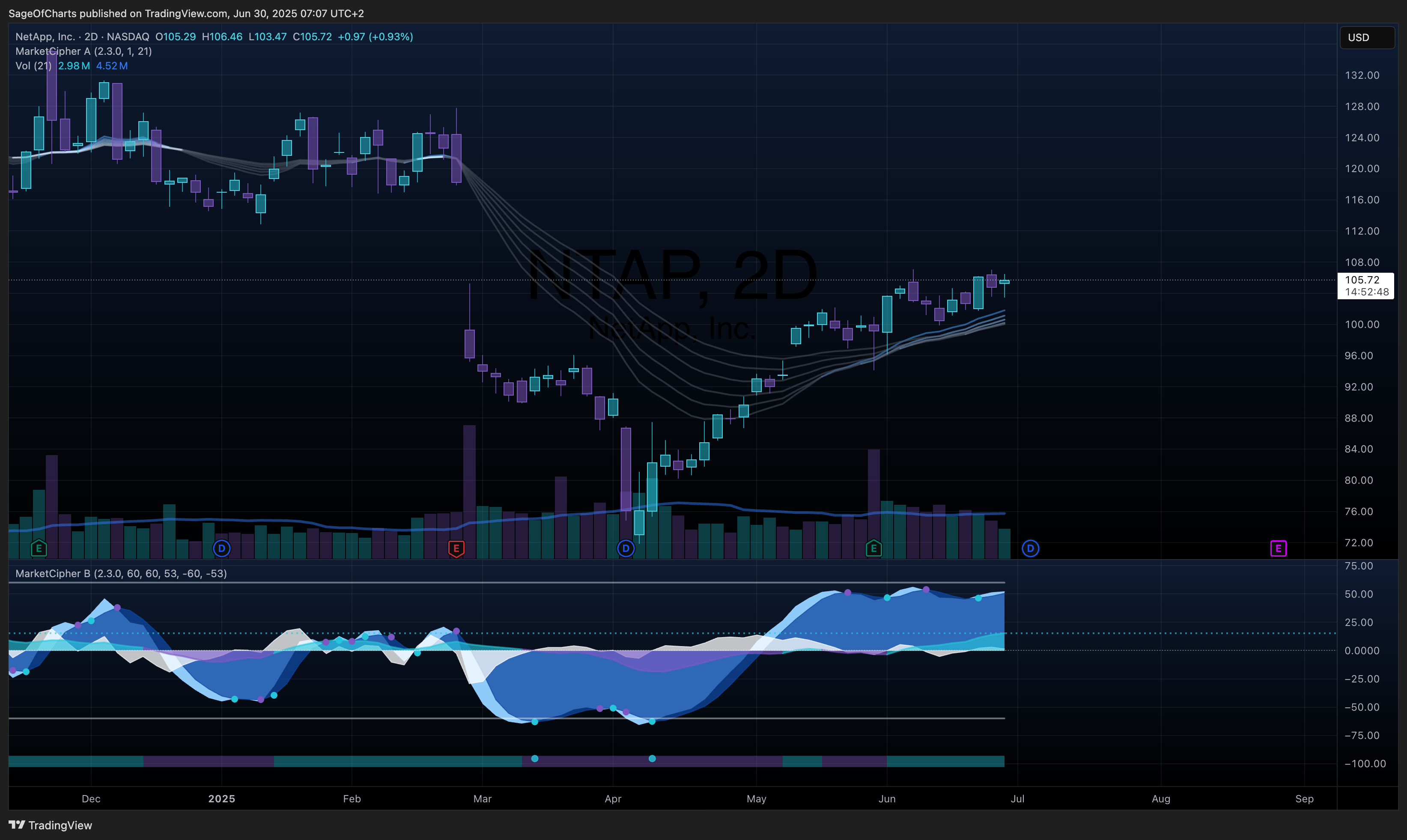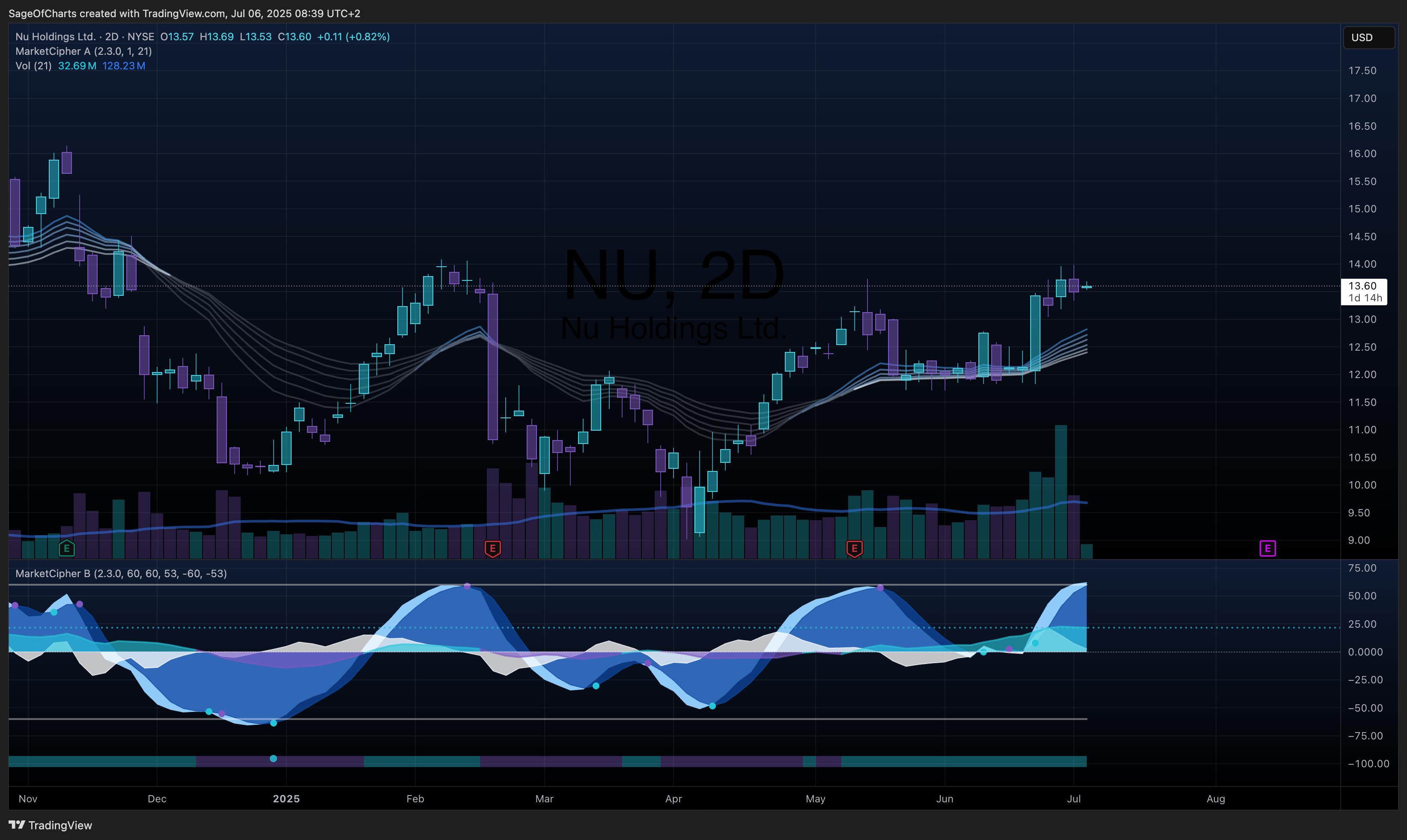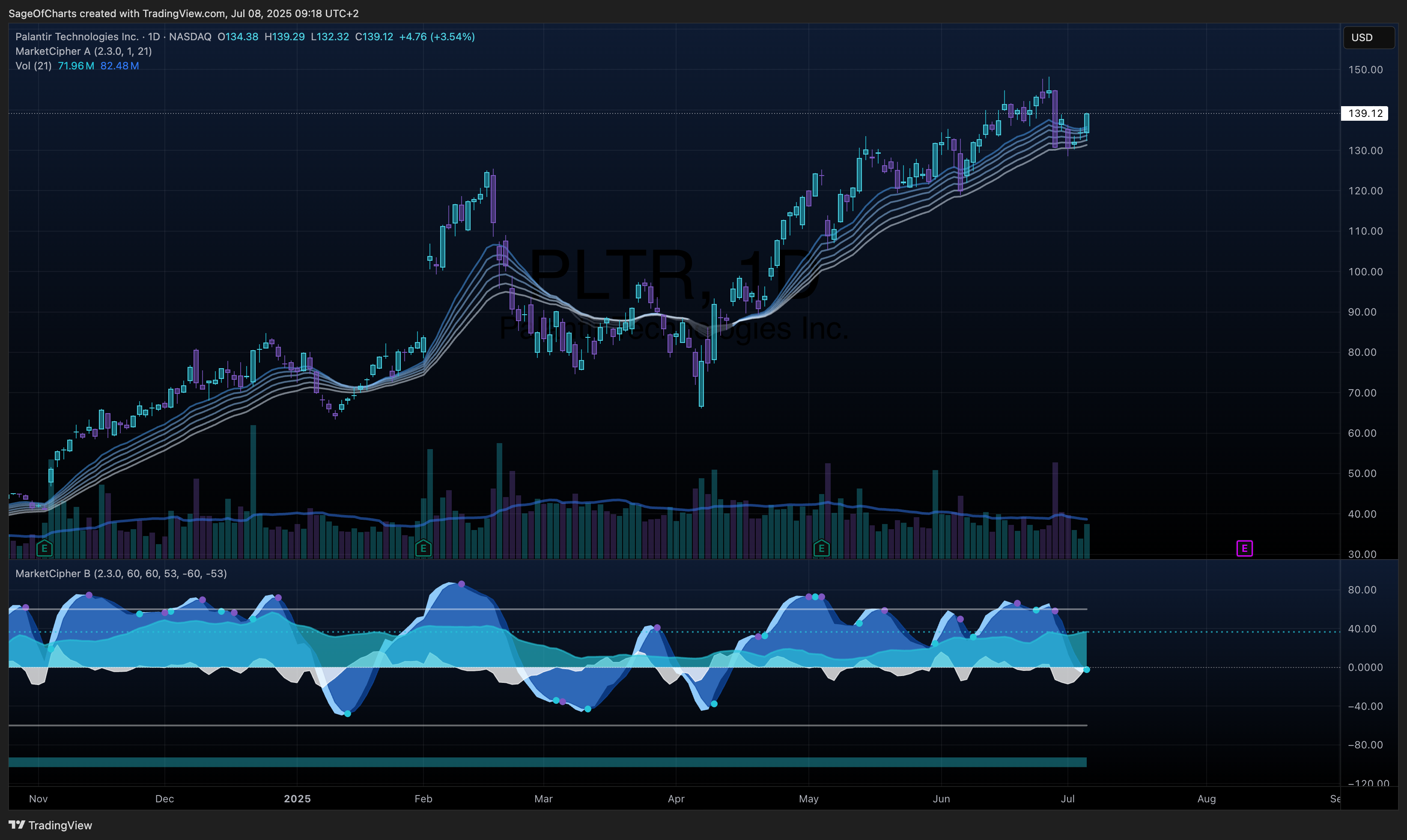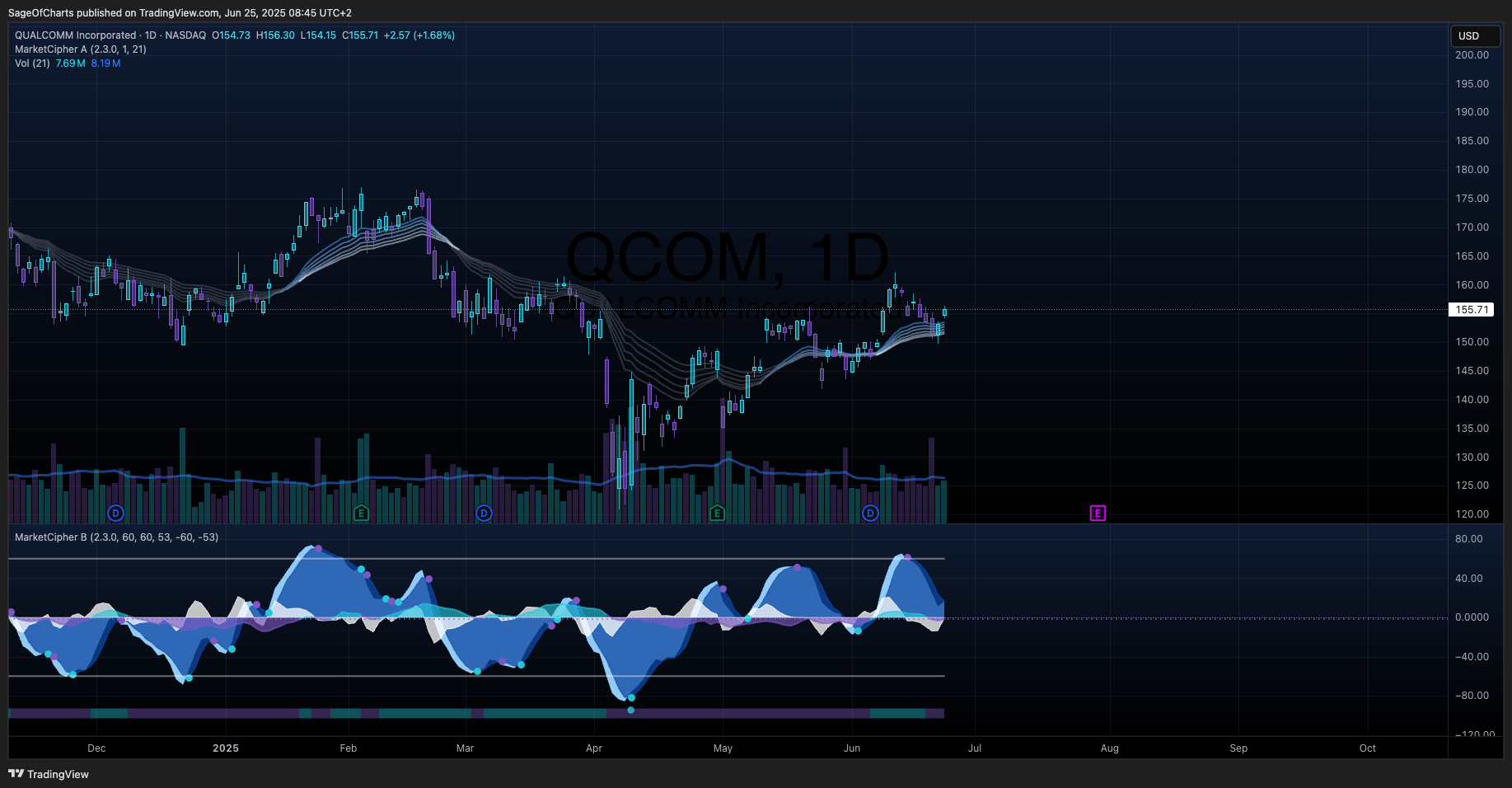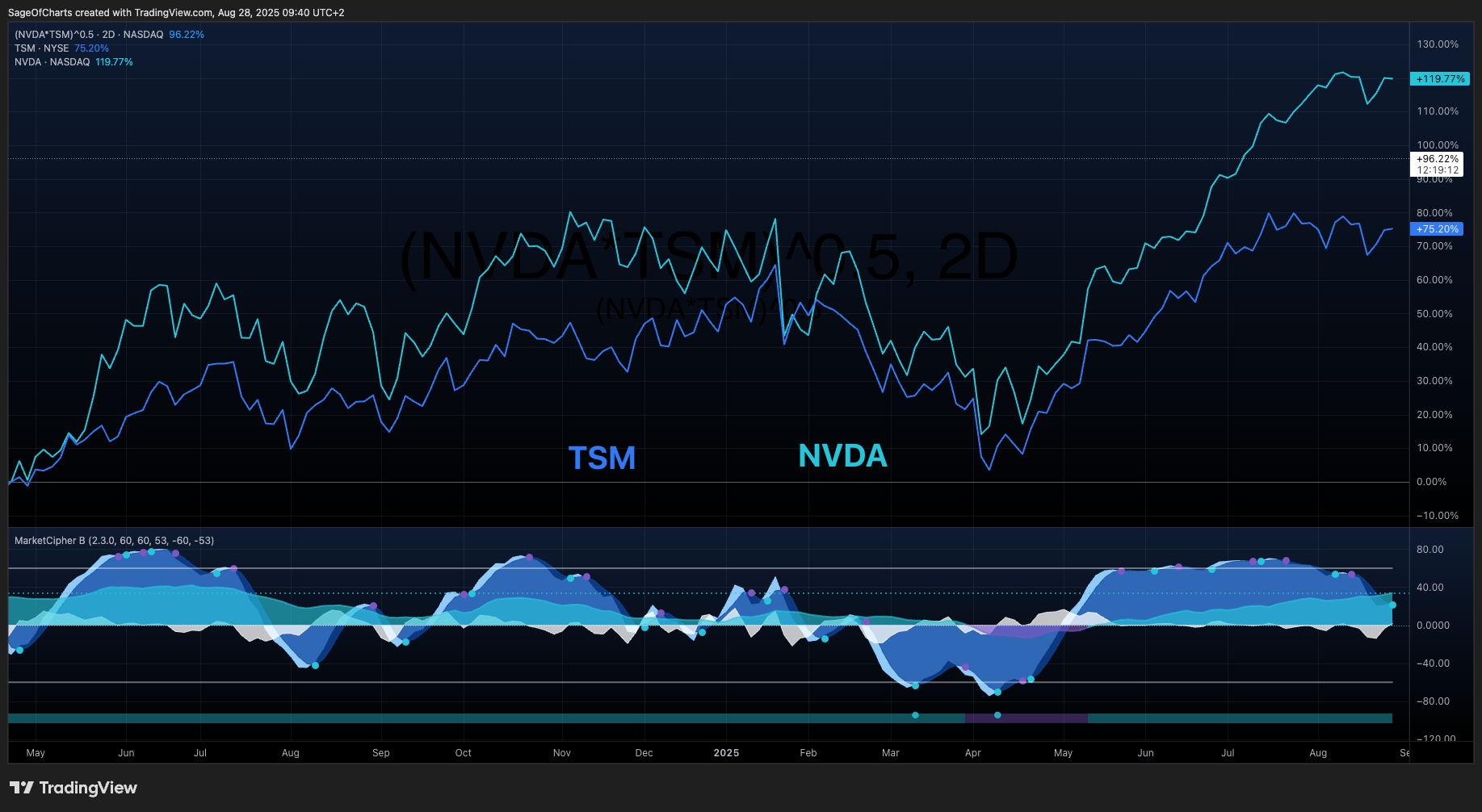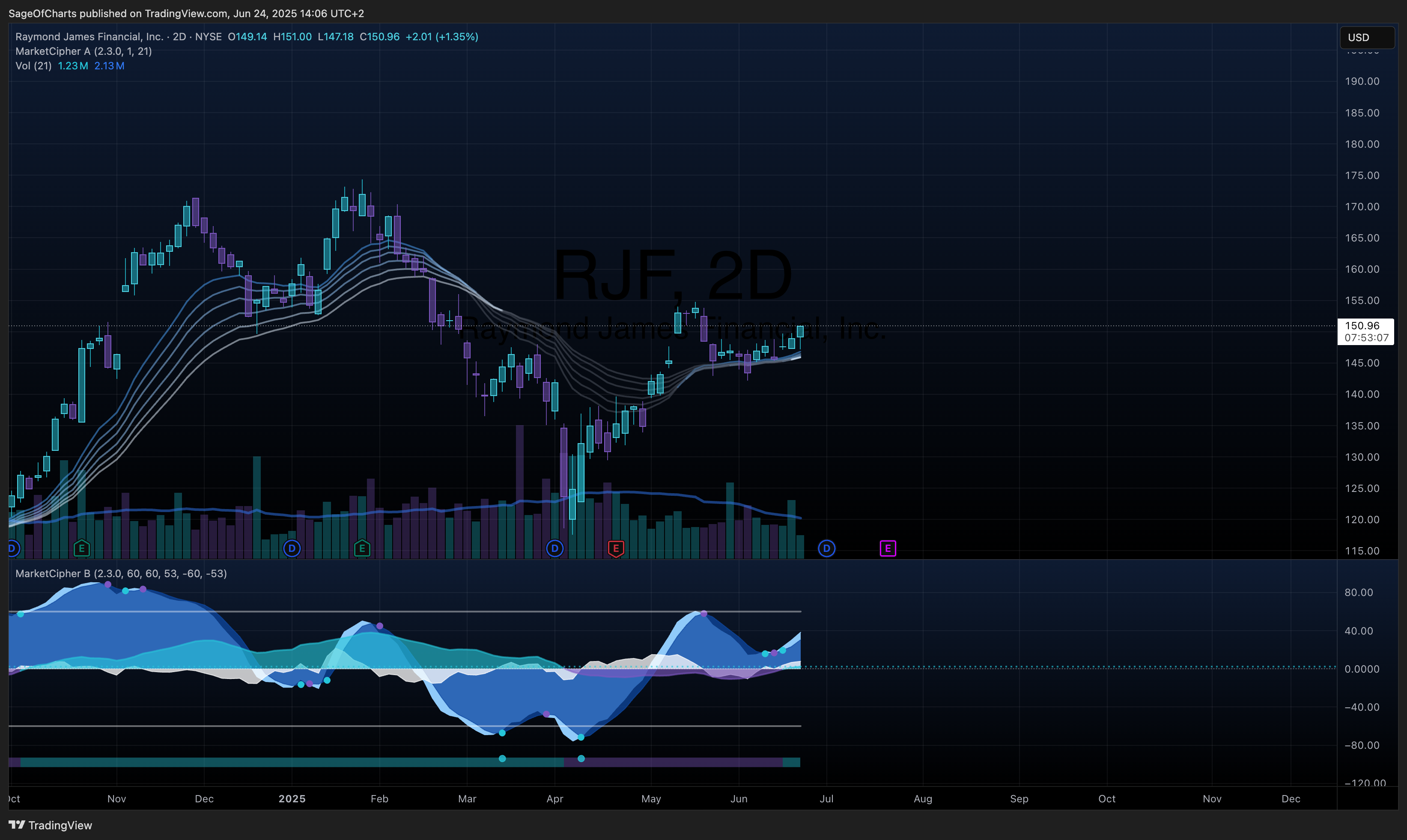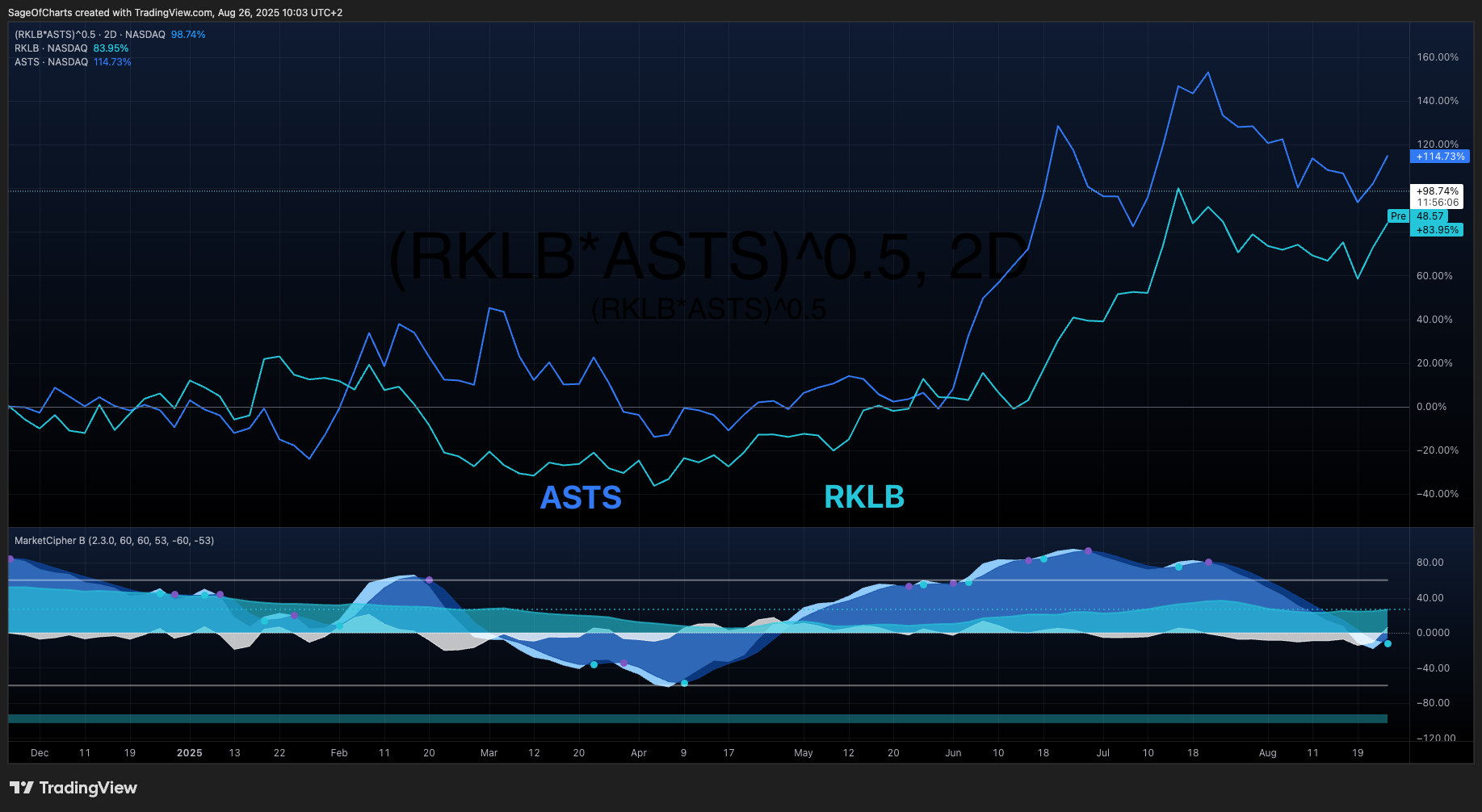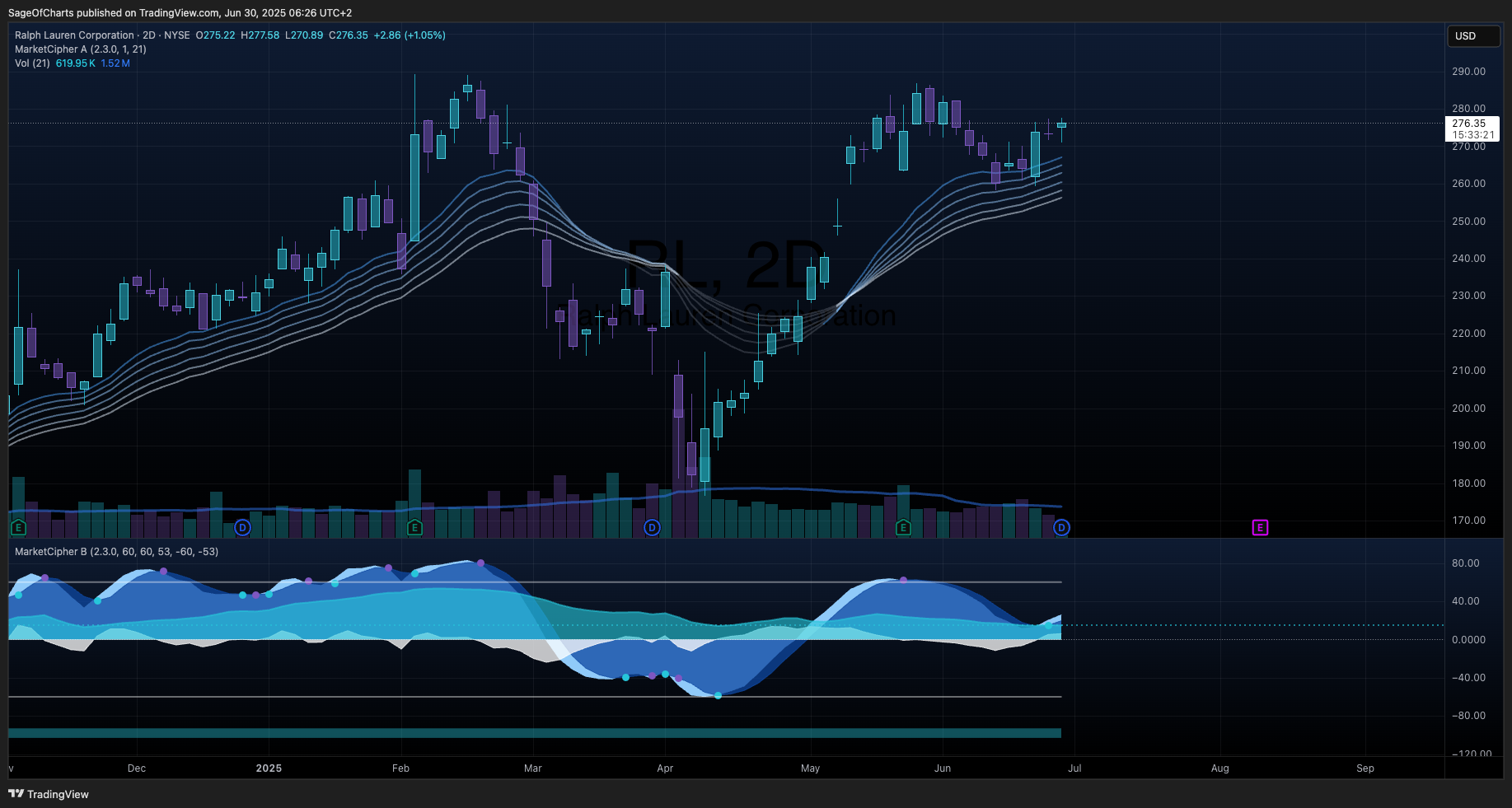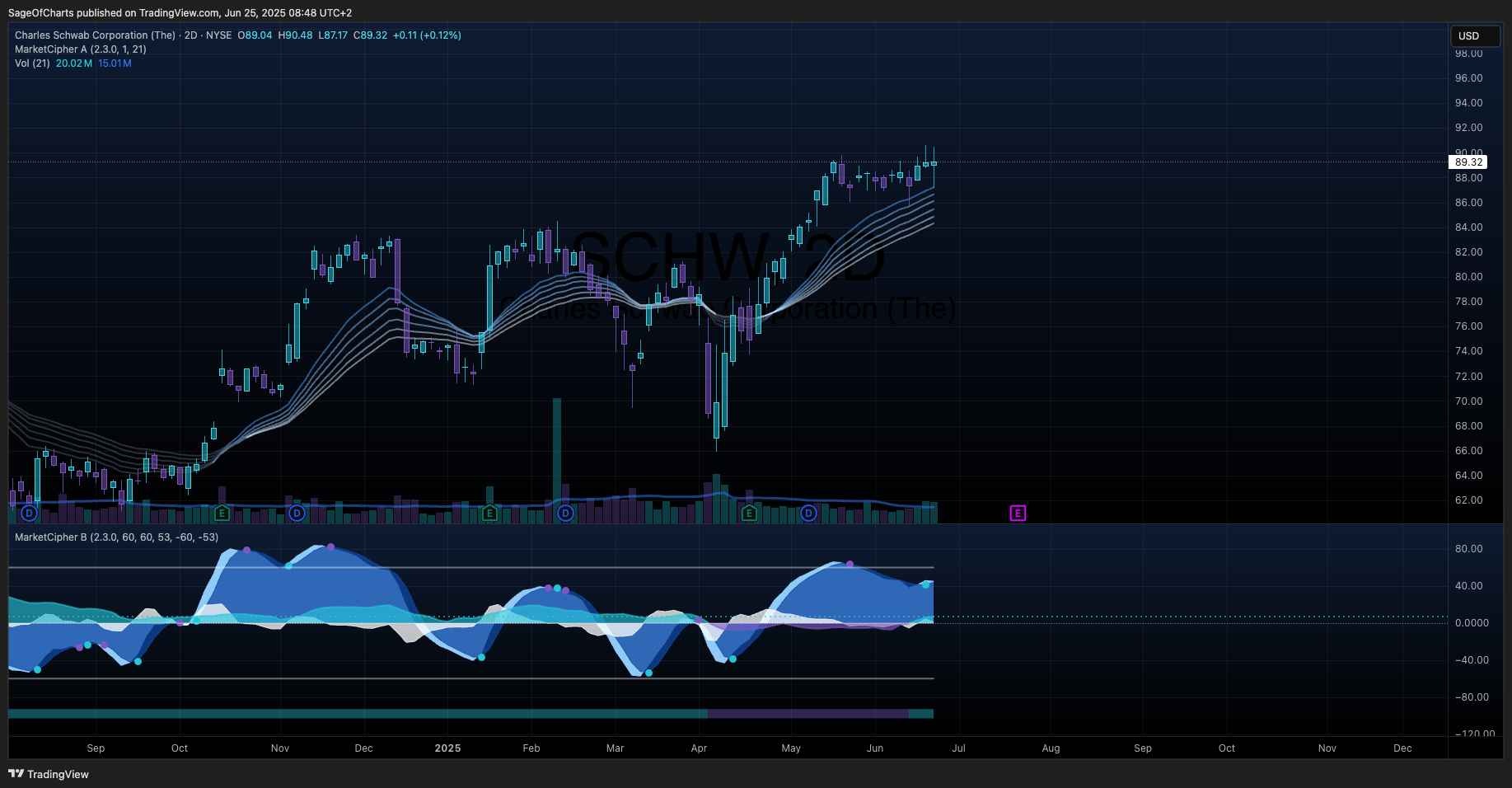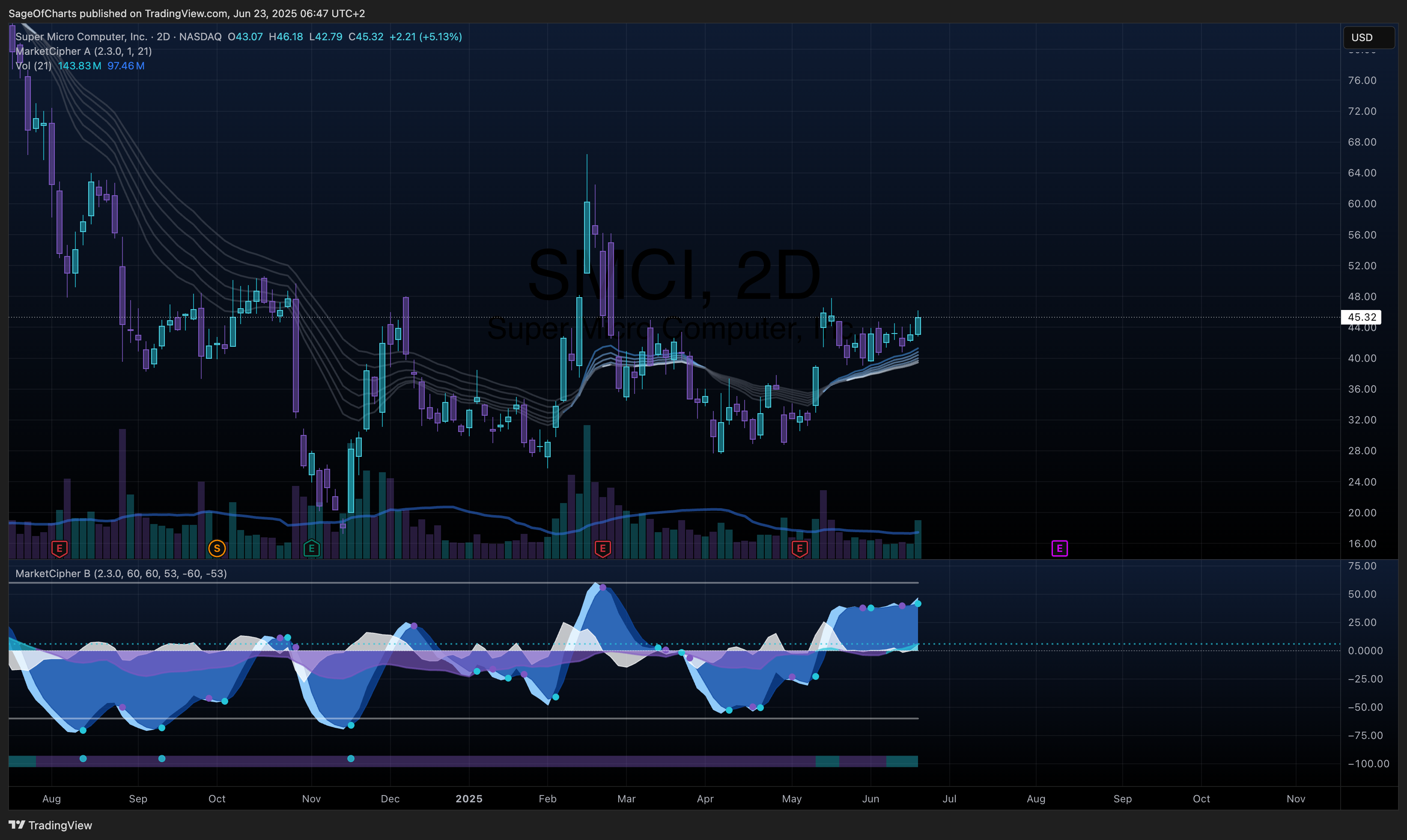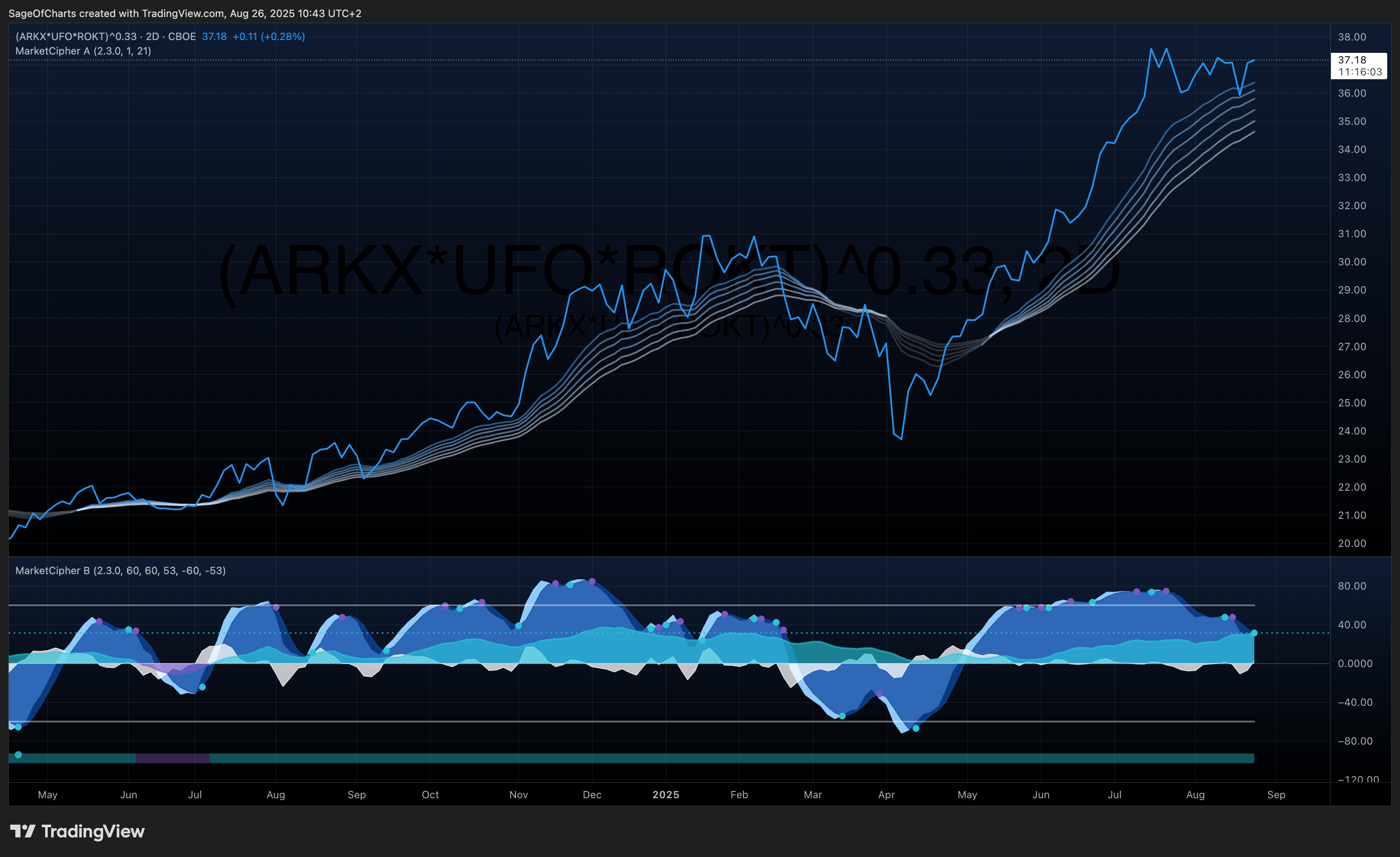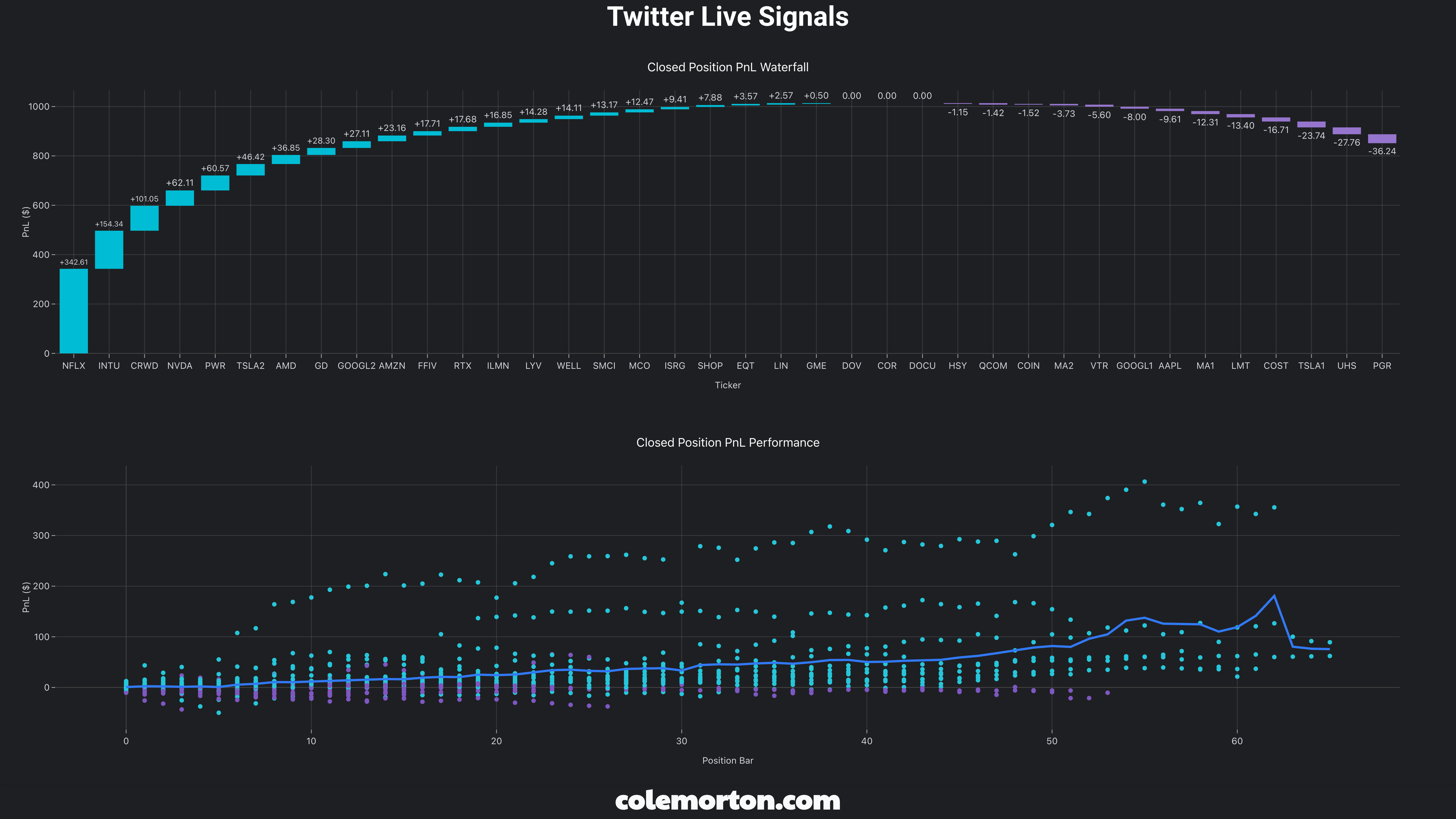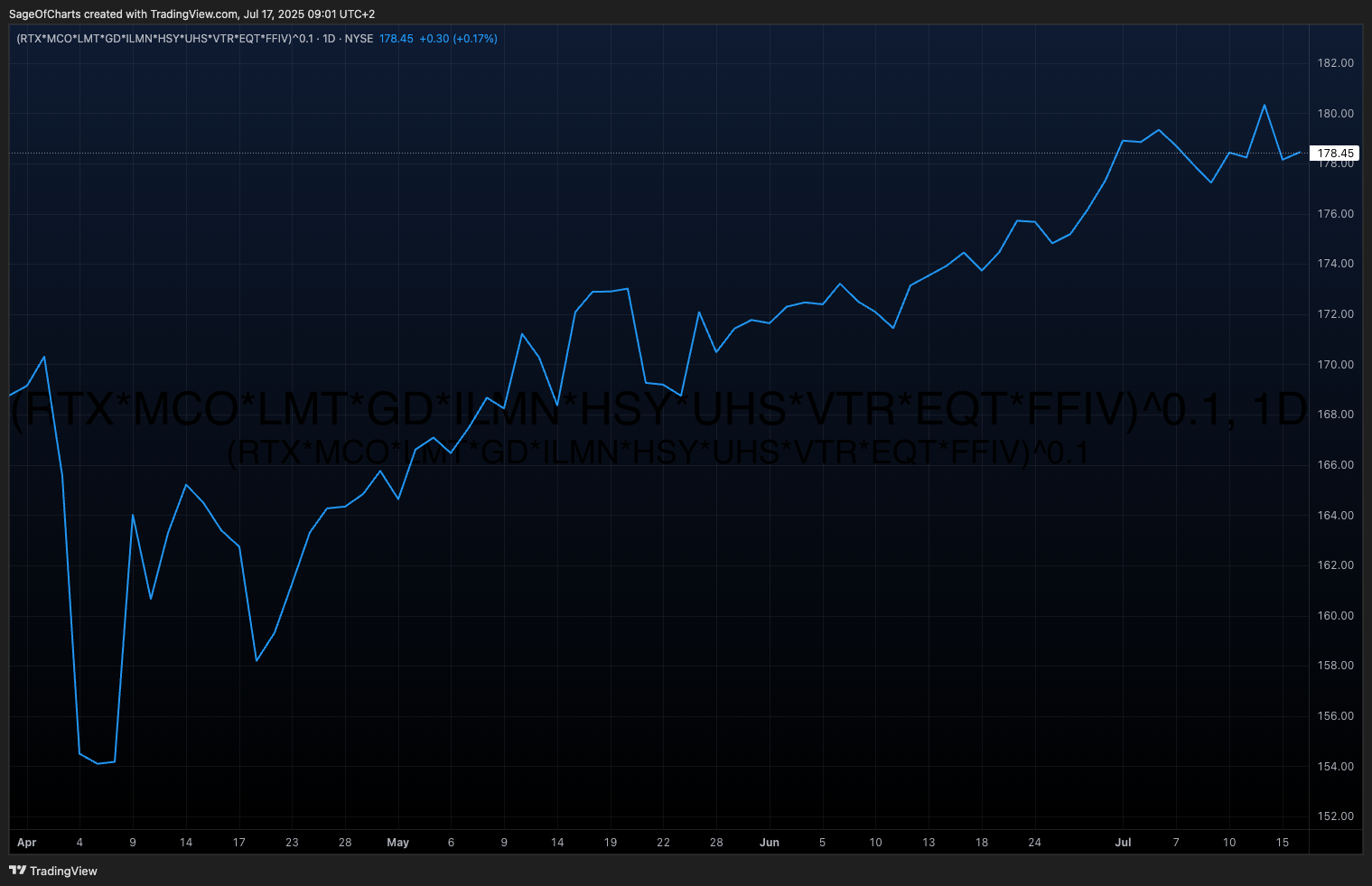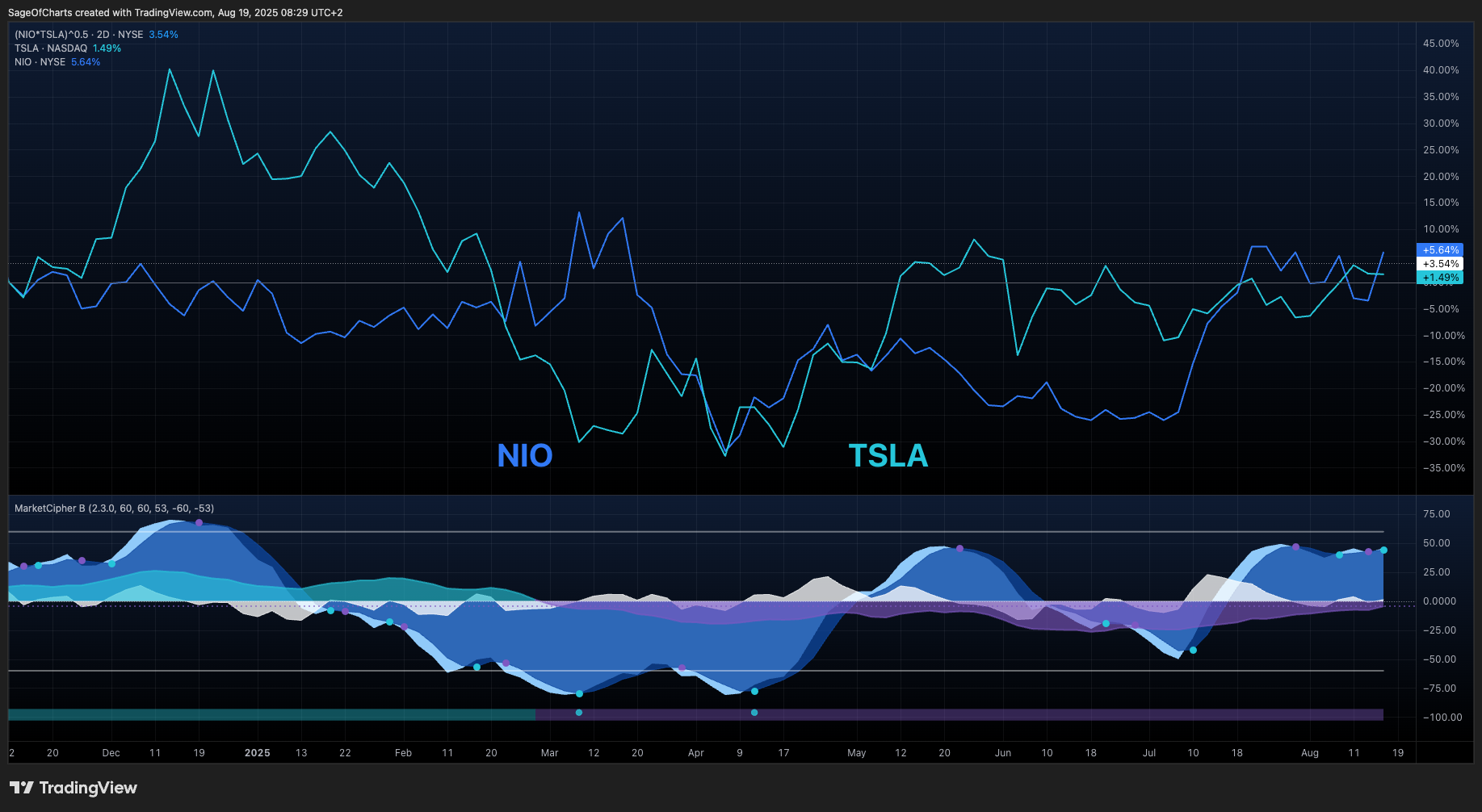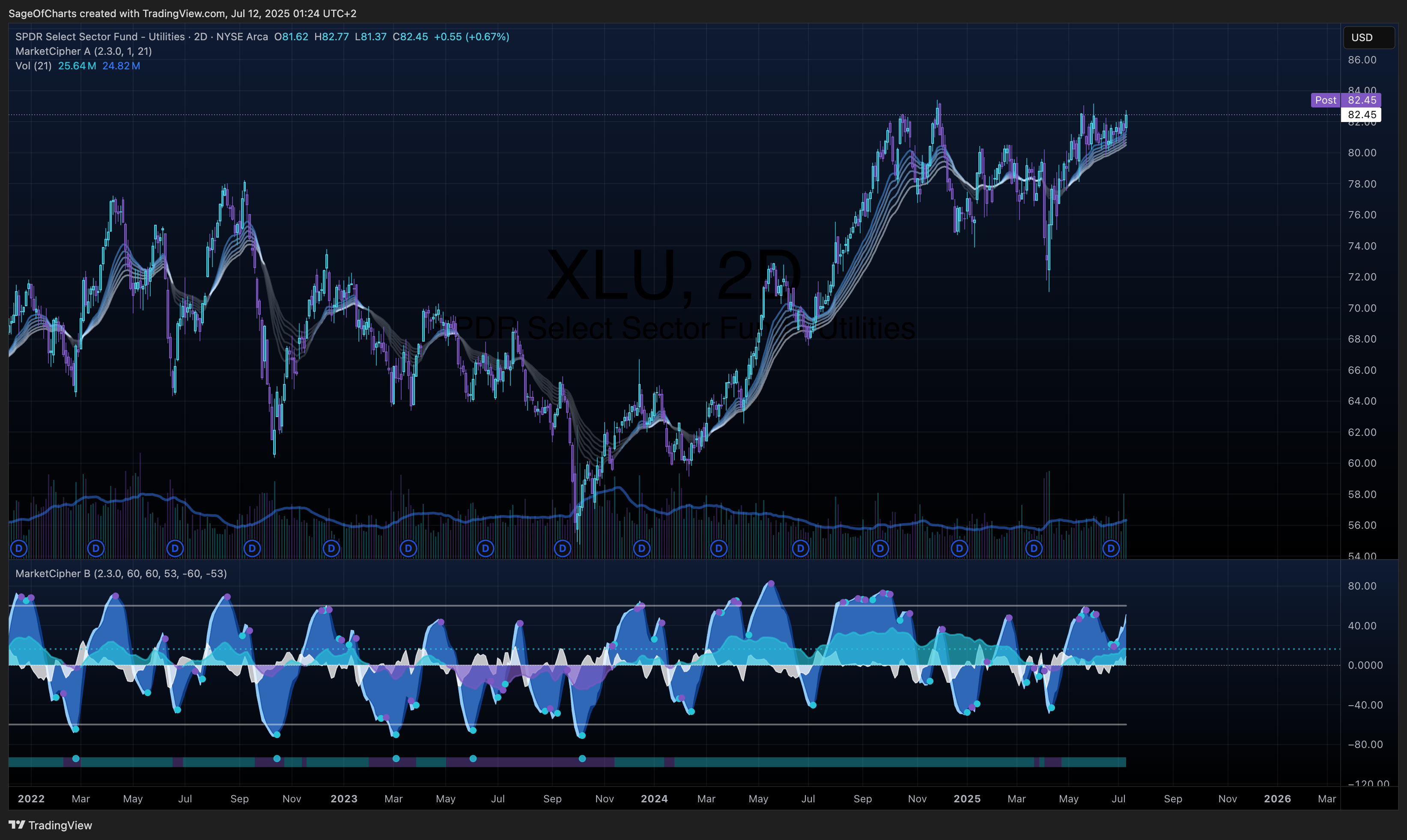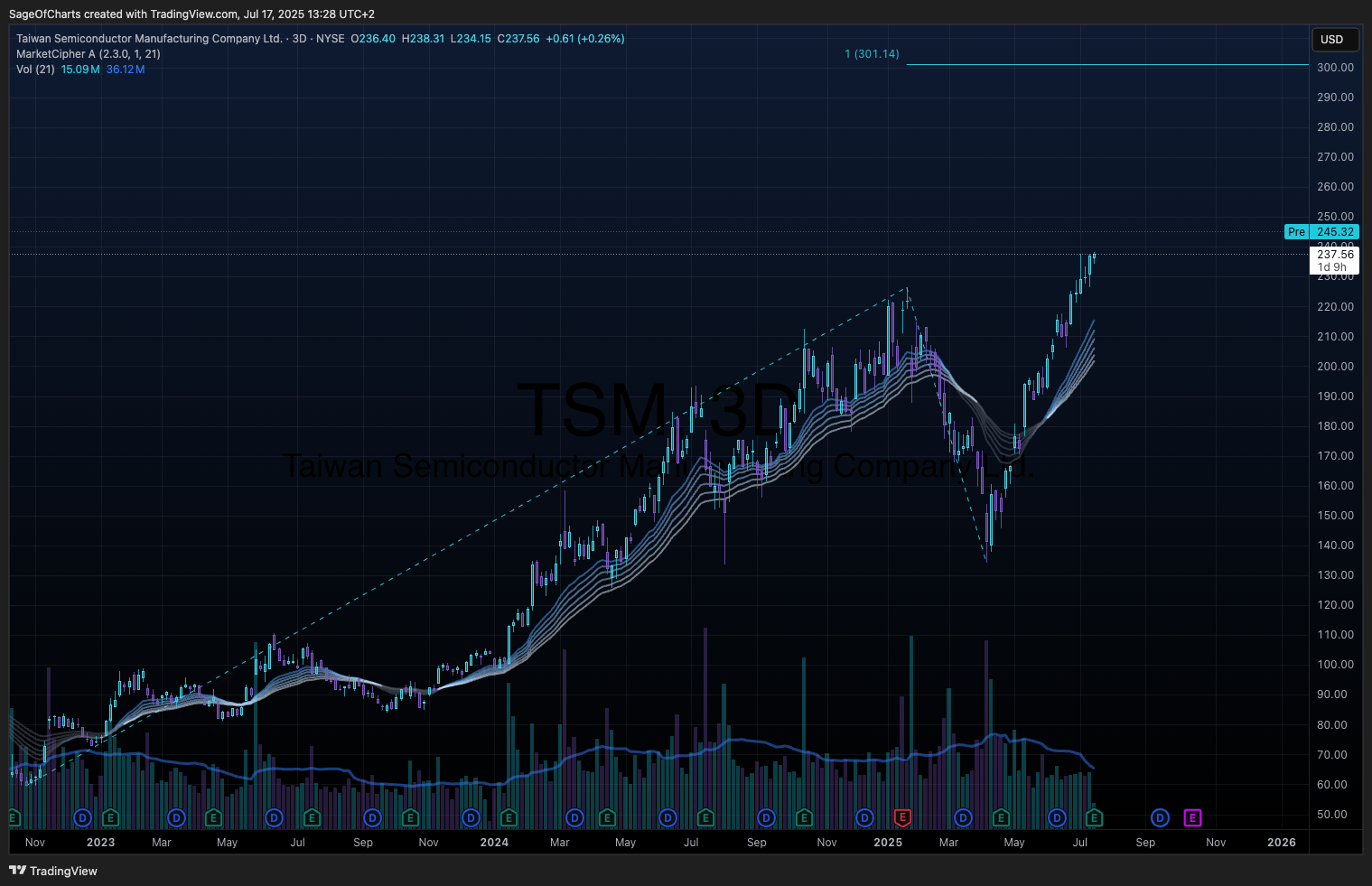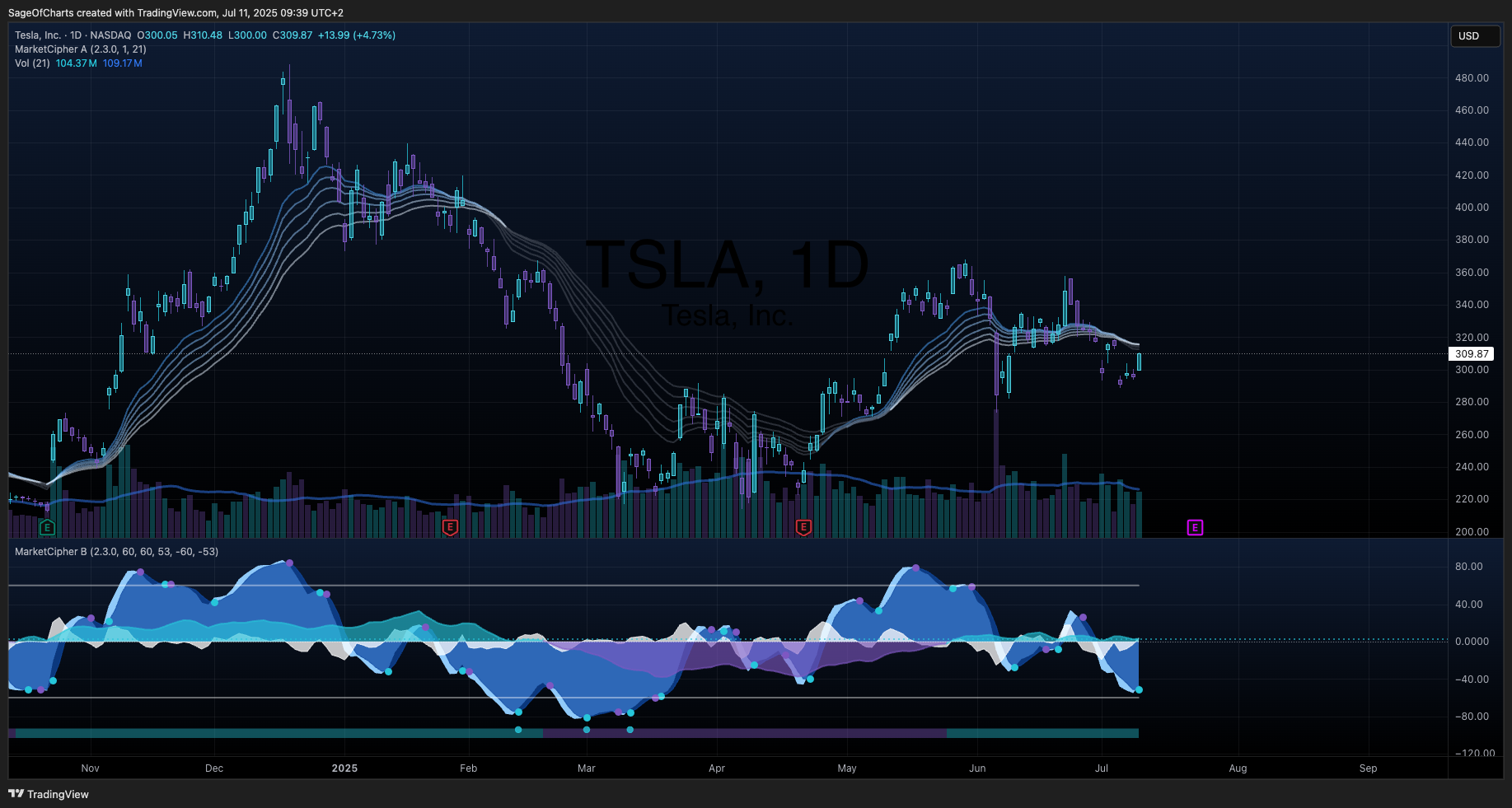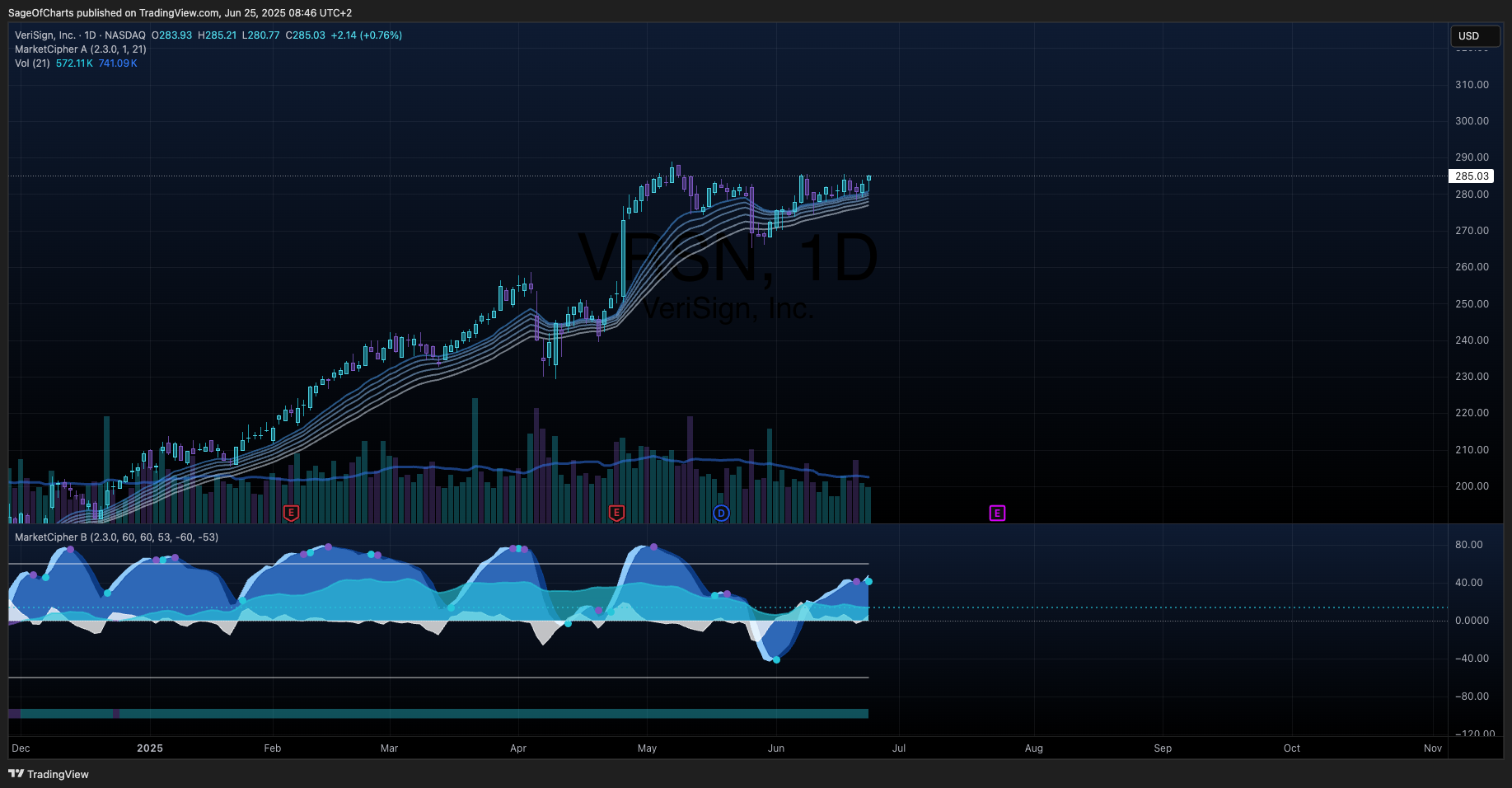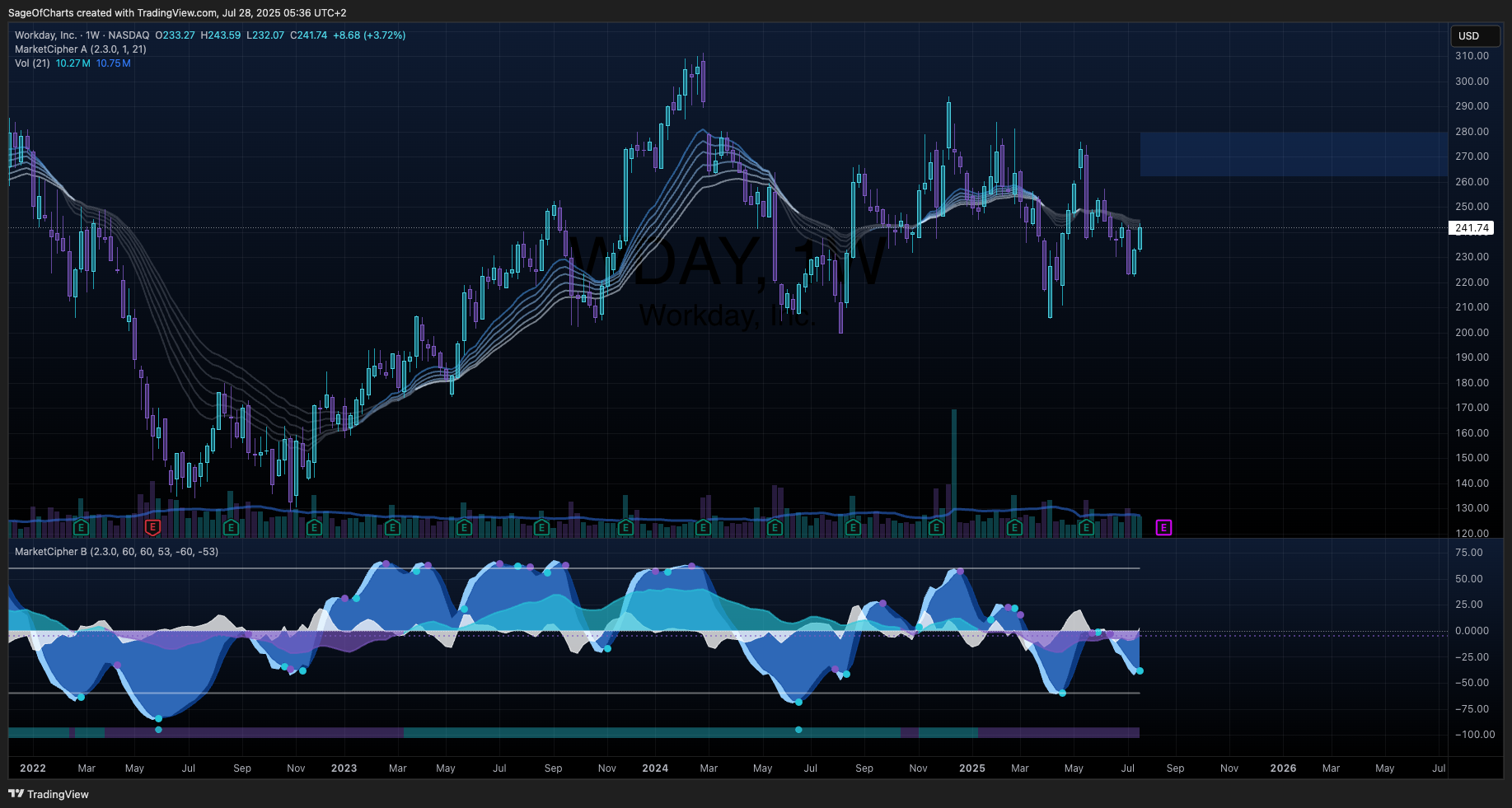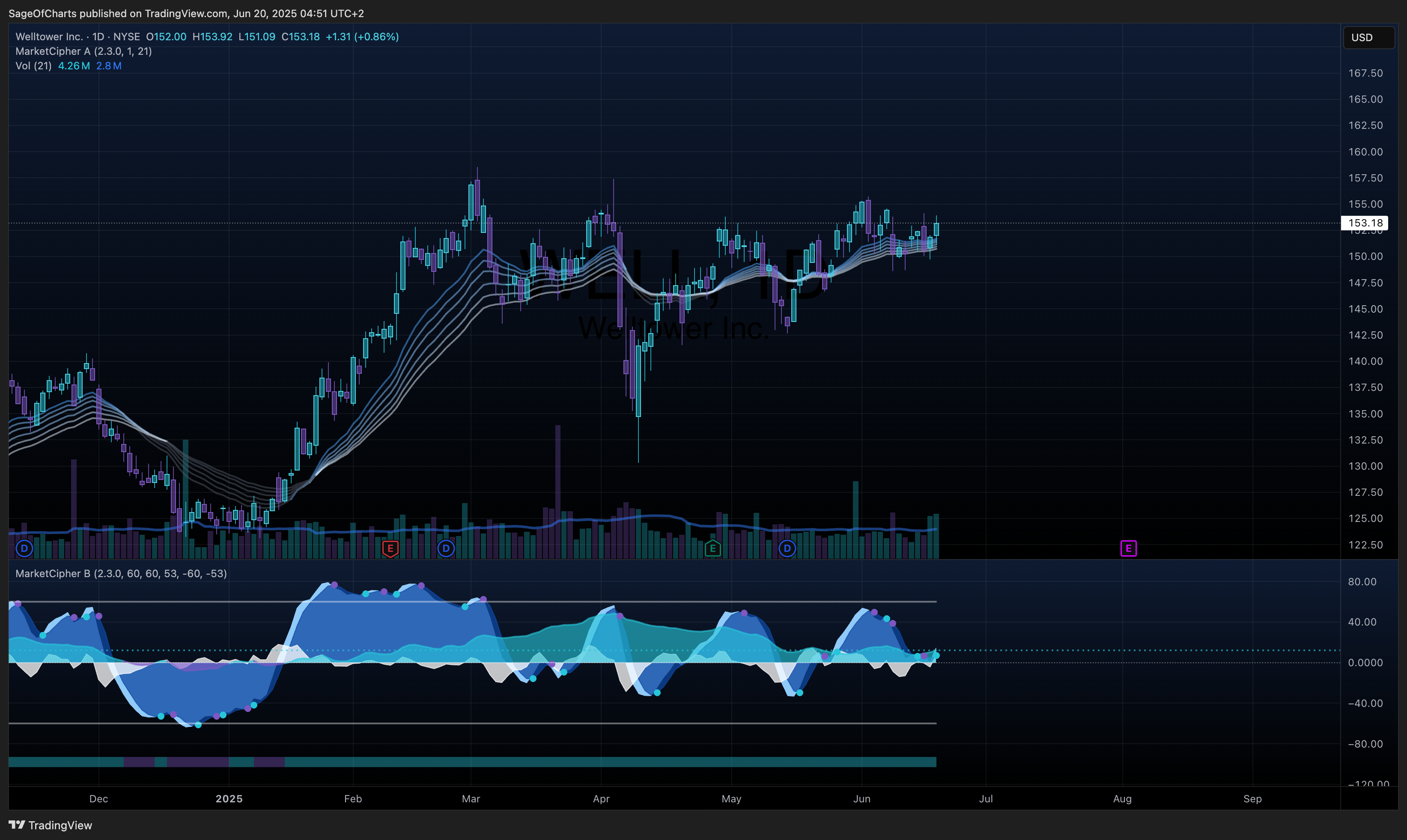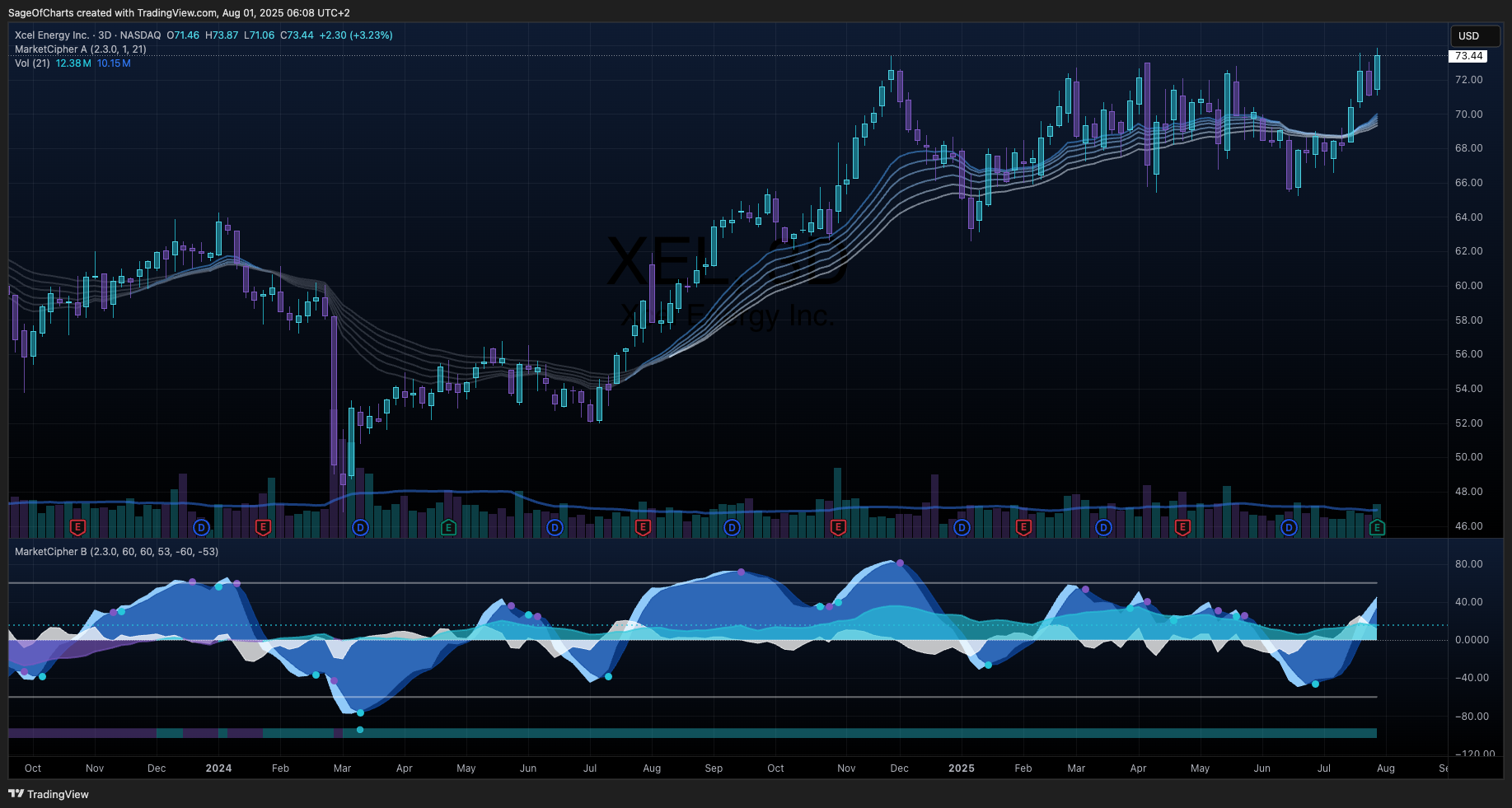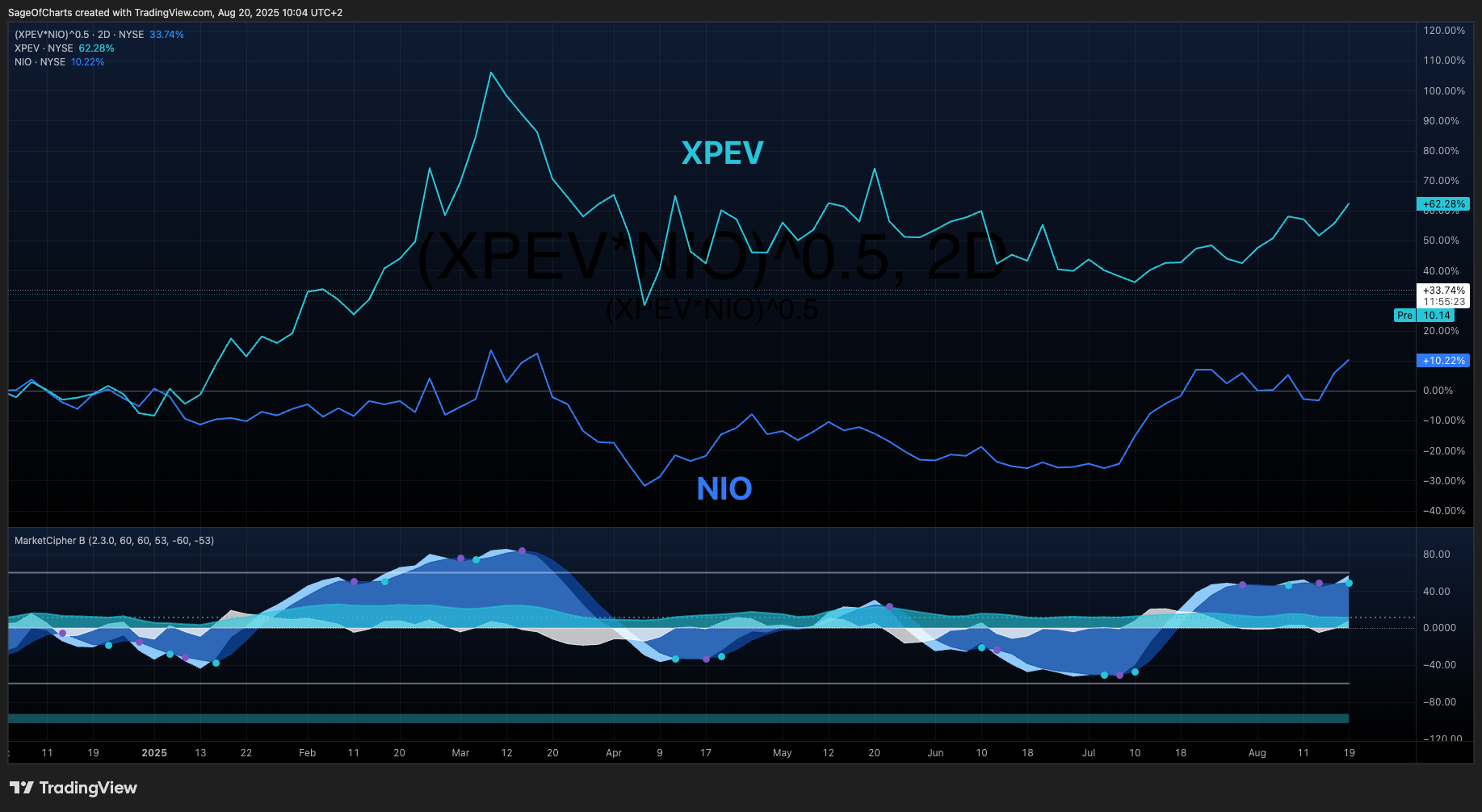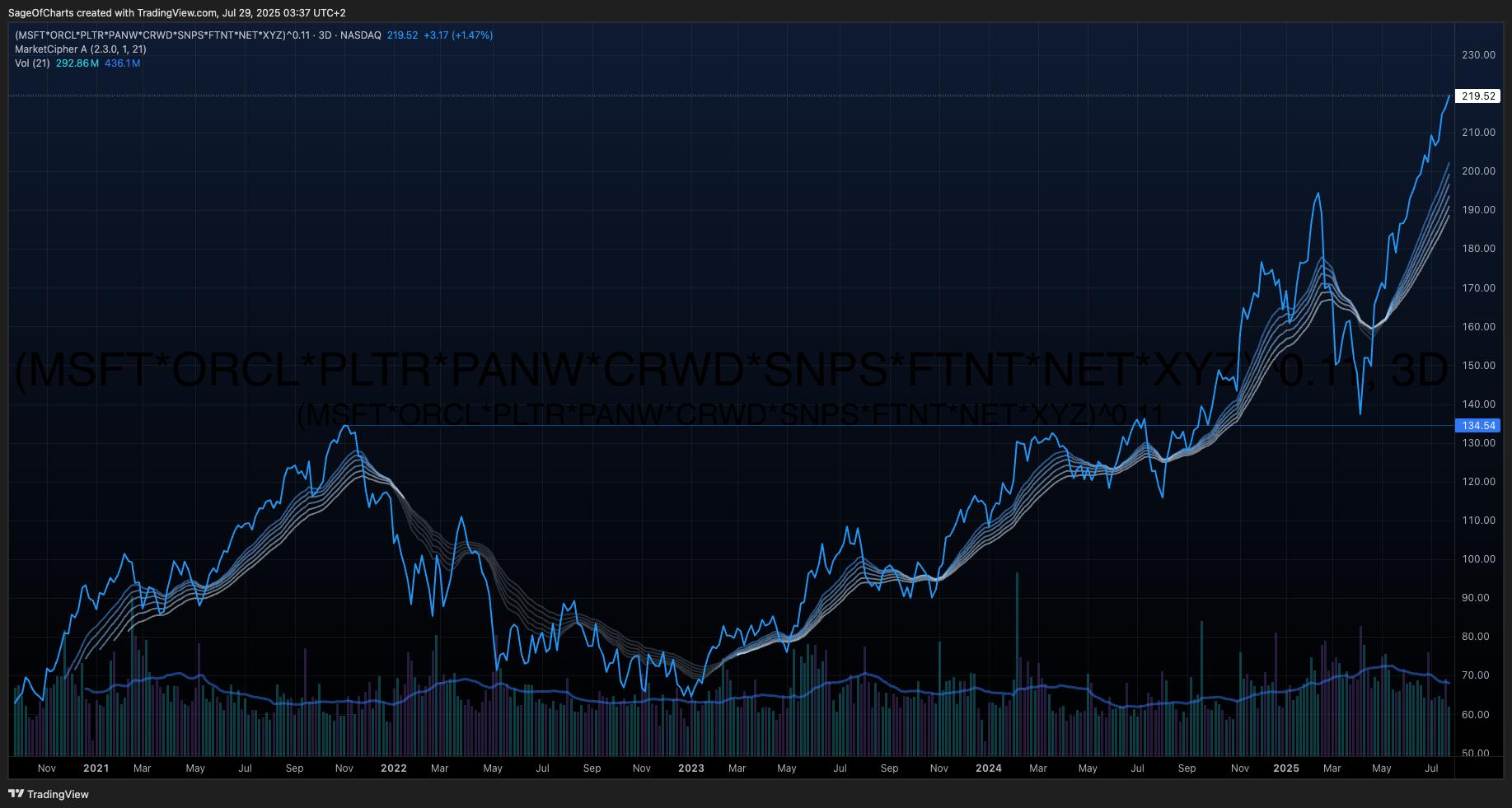
Software Infrastructure Industry Analysis - July 2025
- 29 Jul, 2025
- 9 min read
- Investing , Analysis , Industry Analysis , Technology , Software Infrastructure
🎯 Executive Summary & Investment Thesis
Core Thesis
Software infrastructure industry represents superior risk-adjusted returns through AI platform integration, platform consolidation advantages, and secular digital transformation demand creating multi-year growth visibility with sustainable competitive moats.
Industry Investment Recommendation Summary
Software Infrastructure industry offers superior risk-adjusted returns through AI platform integration (95% probability impact), vertical market penetration opportunities, and geographic expansion catalysts creating multi-year growth visibility. Industry structure assessment reveals A- overall rating with strong competitive moats (8.5/10.0) driven by network effects, data advantages, and platform ecosystem dynamics. Economic context supports moderate cyclical exposure (0.65 GDP correlation) with AI governance regulatory catalyst providing compliance differentiation opportunities, while Asia-Pacific expansion and vertical specialization in healthcare/financial services creates 25-40% growth acceleration potential. Target allocation 8-12% for moderate positioning, focusing on AI integration leaders and subscription model resilience with geographic diversification benefits.
Recommendation: BUY | Position Size: 8-12% of Sector Allocation | Confidence: 9.0/10.0
- Growth Forecast: 28% 2025, 32% 2026, 25% 2027 | Long-term CAGR: 28% (2025-2030)
- Economic Context: AI governance framework development and data privacy strengthening support compliance leadership advantages
- Risk-Adjusted Returns: Strong ROIC expansion through platform leverage, 78% industry average gross margins with subscription model cash generation
- Key Catalysts: AI Platform Integration (0.95 probability), Vertical Market Penetration (0.88 probability), Geographic Expansion (0.85 probability)
📊 Industry Positioning Dashboard
Industry Structure Scorecard
Industry Structure Grades & Trends
| Dimension | Grade | Trend | Key Metrics | Current Assessment | Confidence |
|---|---|---|---|---|---|
| Competitive Landscape | B+ | stable | HHI 0.32, moderate oligopoly, top 5 market share 72% | Oligopoly with specialized niche players, moderate concentration | 9.2/10.0 |
| Innovation Leadership | A | improving | R&D 15-20% revenue, innovation cycle 6-12 months | Strong AI integration leadership, cloud-native advancement | 9.0/10.0 |
| Value Chain Analysis | A- | improving | Gross margin 78% industry average, LTV/CAC 15-25x enterprise | Subscription model dominance, platform monetization efficiency | 9.1/10.0 |
Industry Market Position Assessment
| Metric | Current Value | Industry Trend | Economic Context Impact | Data Source | Confidence |
|---|---|---|---|---|---|
| Market Size | $2.5T (2025) | 25-40% growth projection | Digital transformation secular necessity | Multi-source CLI validation | 9.0/10.0 |
| Market Concentration | Moderate oligopoly | Platform consolidation accelerating | Network effects strengthening competitive moats | FMP/Yahoo Finance | 9.2/10.0 |
| R&D Intensity | 15-20% of revenue | Innovation investment accelerating | AI development requiring increased R&D allocation | Industry analysis aggregation | 8.8/10.0 |
| Geographic Distribution | Global with US leadership | Asia-Pacific expansion priority | International regulatory compliance opportunities | FRED economic context | 8.2/10.0 |
Industry Moat Strength Ratings (0-10 Scale)
| Moat Category | Strength | Durability | Evidence Backing | Economic Resilience | Assessment |
|---|---|---|---|---|---|
| Network Effects | 8.2/10 | 9.0/10 | Developer ecosystem critical mass, platform marketplace dynamics | High resilience through switching costs | Strong cross-side marketplace effects across cloud platforms |
| Data Advantages | 8.7/10 | 8.5/10 | Petabyte-scale enterprise data, AI-powered insights, real-time analytics | Strong through proprietary enterprise insights | High value competitive differentiation with self-reinforcing feedback loops |
| Platform Ecosystem | 8.6/10 | 8.8/10 | 10M+ developers, 1000+ integrations, ecosystem monetization | Very high through integration complexity | Strong multi-sided platform effects with high switching costs |
📈 Industry Growth Analysis & Catalysts
Industry Historical Performance & Future Drivers
Growth Quality Assessment
- Revenue Growth: 28% (2025 projected), 32% (2026 projected), Long-term CAGR 28% (2025-2030)
- Profitability Expansion: 78% gross margin industry average with platform leverage driving operating margin expansion through economies of scale
- Capital Efficiency: Strong ROIC through asset-light models, negative working capital, and subscription revenue predictability with expansion revenue 20-40% annually
- Sustainability: Multi-year AI catalyst maturation, secular digital transformation demand, and platform network effects providing sustainable competitive advantages
Quantified Industry Growth Catalysts
| Catalyst | Probability | Timeline | Impact Magnitude | Economic Sensitivity | Confidence |
|---|---|---|---|---|---|
| AI Platform Integration | 0.95 | 2024-2026 aggressive adoption | 300-500% ROI within 24 months, productivity multiplier effects | Low economic sensitivity, secular necessity | 9.2/10.0 |
| Vertical Market Penetration | 0.88 | 12-24 months market leadership | 25-40% market share expansion, $500B+ specialized opportunity | Moderate economic sensitivity through enterprise spending | 8.6/10.0 |
| Geographic Expansion | 0.85 | 2024-2027 expansion | 40-60% TAM increase, $290B Asia-Pacific/Latin America opportunity | Moderate economic sensitivity through regional variations | 8.2/10.0 |
Industry Leadership & Execution Assessment
Industry Track Record & Strategic Capabilities
- Execution History: Strong track record of platform development, ecosystem building, and market expansion with proven ability to scale globally
- Innovation Leadership: Leading AI integration capabilities with 15-20% R&D investment, 6-12 month innovation cycles, and first-mover advantages in emerging technologies
- Capital Allocation: Disciplined approach balancing R&D investment, strategic acquisitions, and market expansion with focus on sustainable competitive advantage development
- Crisis Management: Demonstrated resilience through economic cycles with subscription models providing stability and operational flexibility during downturns
Industry Credibility Score: 9.0/10.0 | Management Quality: Strong strategic execution capabilities with proven innovation leadership and platform development expertise
🛡️ Industry Risk Assessment & Scenario Analysis
Quantified Industry Risk Matrix
Multi-Dimensional Risk Assessment (Probability × Impact Scale)
| Risk Category | Key Risk | Probability | Impact (1-5) | Timeline | Risk Score | Mitigation Strategy |
|---|---|---|---|---|---|---|
| Talent Competition Risks | Software engineering talent shortage and cost inflation | 0.85 | 4.0 | Ongoing intensifying | 6.8 | Global hiring, automation, university partnerships |
| Regulatory Risks | AI governance and algorithmic bias requirements | 0.80 | 3.8 | 2024-2026 implementation | 6.0 | Proactive compliance framework development |
| Cybersecurity Risks | Critical infrastructure designation requirements | 0.85 | 3.5 | 2024-2026 critical focus | 6.0 | Security-by-design architecture, threat intelligence |
| Privacy Risks | Cross-border data transfer restrictions | 0.90 | 3.3 | Ongoing strengthening enforcement | 5.9 | Privacy-by-design, regional data residency |
Aggregate Industry Risk Score: 6.1/10.0 | Overall Risk Assessment: Moderate risk profile with manageable mitigation strategies and competitive advantages through compliance leadership
Industry Stress Testing Scenarios
| Scenario | Probability | Revenue Impact | Margin Impact | Recovery Timeline | Confidence |
|---|---|---|---|---|---|
| Economic Recession with Tech Spending Cuts | 0.45 | 15-25% revenue decline | Moderate margin compression through pricing pressure | 18-24 months recovery | 8.0/10.0 |
| Base Case Continued Growth | 0.40 | 25-35% revenue growth | Margin expansion through operational leverage | Sustained growth trajectory | 9.0/10.0 |
| AI Acceleration Bull Case | 0.15 | 40-60% revenue acceleration | Significant margin expansion through platform leverage | Accelerated growth sustainability | 8.5/10.0 |
💼 Industry Investment Decision Framework
Industry Risk-Adjusted Positioning
Expected Industry Returns Calculation
- Risk-Free Rate: 4.50% (Fed Funds Rate)
- Market Risk Premium: 6.5% (historical equity premium)
- Industry Beta: 1.25 (volatility reflecting growth company dynamics)
- Industry-Specific Risk Premium: 2.0% (regulatory and competitive risks)
- Expected Return: 4.50% + (1.25 × 6.5%) + 2.0% = 14.6%
Industry Sharpe Ratio Assessment
- Expected Return: 14.6%
- Risk-Free Rate: 4.50%
- Industry Volatility: 22% (growth company volatility with platform business model stability)
- Sharpe Ratio: (14.6% - 4.50%) / 22% = 0.46 (Strong risk-adjusted return profile)
Industry Structure Grade Integration
Competitive Landscape Impact (B+)
- Moderate oligopoly structure with established barriers to entry through capital requirements, technology complexity, and network effects
- Platform consolidation trends favor integrated solution providers while creating niche opportunities for specialized players
- Regulatory compliance complexity creating competitive advantages for established players with compliance expertise
Innovation Leadership Impact (A)
- Strong AI integration capabilities providing first-mover advantages and competitive differentiation opportunities
- High R&D investment intensity (15-20% revenue) supporting continuous innovation and technology leadership
- Rapid innovation cycles (6-12 months) enabling quick market response and competitive positioning
Industry Allocation Sizing
Portfolio Construction Recommendations
Aggressive Growth Allocation: 12-15% of sector exposure
- Focus on AI platform integration leaders with strong competitive moats and ecosystem development
- Emphasis on geographic expansion opportunities in Asia-Pacific and vertical specialization potential
- Higher risk tolerance for regulatory compliance costs balanced by competitive advantage development
Moderate Growth Allocation: 8-12% of sector exposure
- Balanced exposure across cloud platforms, enterprise software, and developer tools segments
- Quality bias toward established network effects, data advantages, and subscription model resilience
- Risk management through platform diversification and defensive characteristics of recurring revenue models
Conservative Allocation: 4-8% of sector exposure
- Emphasis on enterprise software with stable subscription models and proven customer retention
- Focus on defensive characteristics through recession resilience and operational efficiency value propositions
- Preference for established market positions with strong cash generation and dividend potential
📋 Industry Intelligence Summary
Key Industry Intelligence Insights
- AI Platform Integration Catalyst: 95% probability of transformation acceleration through productivity multiplier effects and intelligent automation capabilities
- $2.5T+ Addressable Market: Platform business model evolution beyond traditional software licensing toward subscription and consumption models
- Competitive Moat Strengthening: 8.5/10.0 overall moat strength with network effects, data advantages, and platform ecosystem providing sustainable competitive advantages
- Geographic Expansion Opportunity: Asia-Pacific and Latin America providing $290B+ expansion potential with regulatory compliance differentiation
- Regulatory Compliance Advantage: AI governance and data privacy framework development creating competitive advantages for compliance leaders
Industry Risk Monitoring Framework
- Talent Competition: Monthly tracking of software engineering talent costs, availability, and retention rates across major markets
- Regulatory Environment: Quarterly assessment of AI governance framework development, data privacy enforcement, and antitrust regulatory changes
- Technology Disruption: Ongoing monitoring of open source alternatives, quantum computing development, and edge computing adoption trends
- Economic Sensitivity: Real-time tracking of enterprise IT spending correlation, interest rate sensitivity, and business investment cycles
Investment Thesis Validation: The Software Infrastructure industry demonstrates institutional-quality investment characteristics through strong competitive moats (8.5/10.0), AI integration leadership, and platform ecosystem advantages creating sustainable competitive positioning with 9.0/10.0 confidence.
Risk-Adjusted Recommendation: BUY with 8-12% moderate sector allocation.
